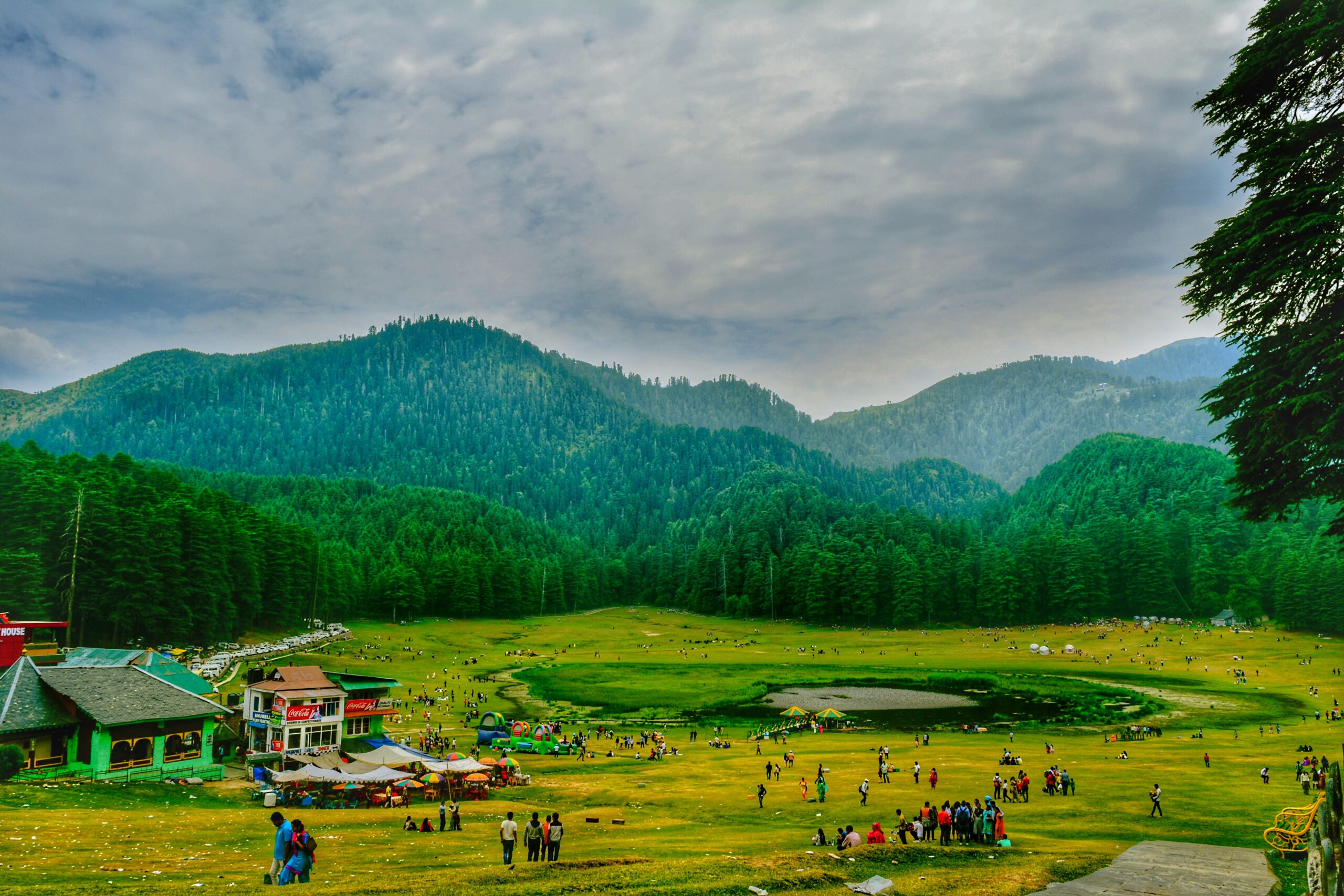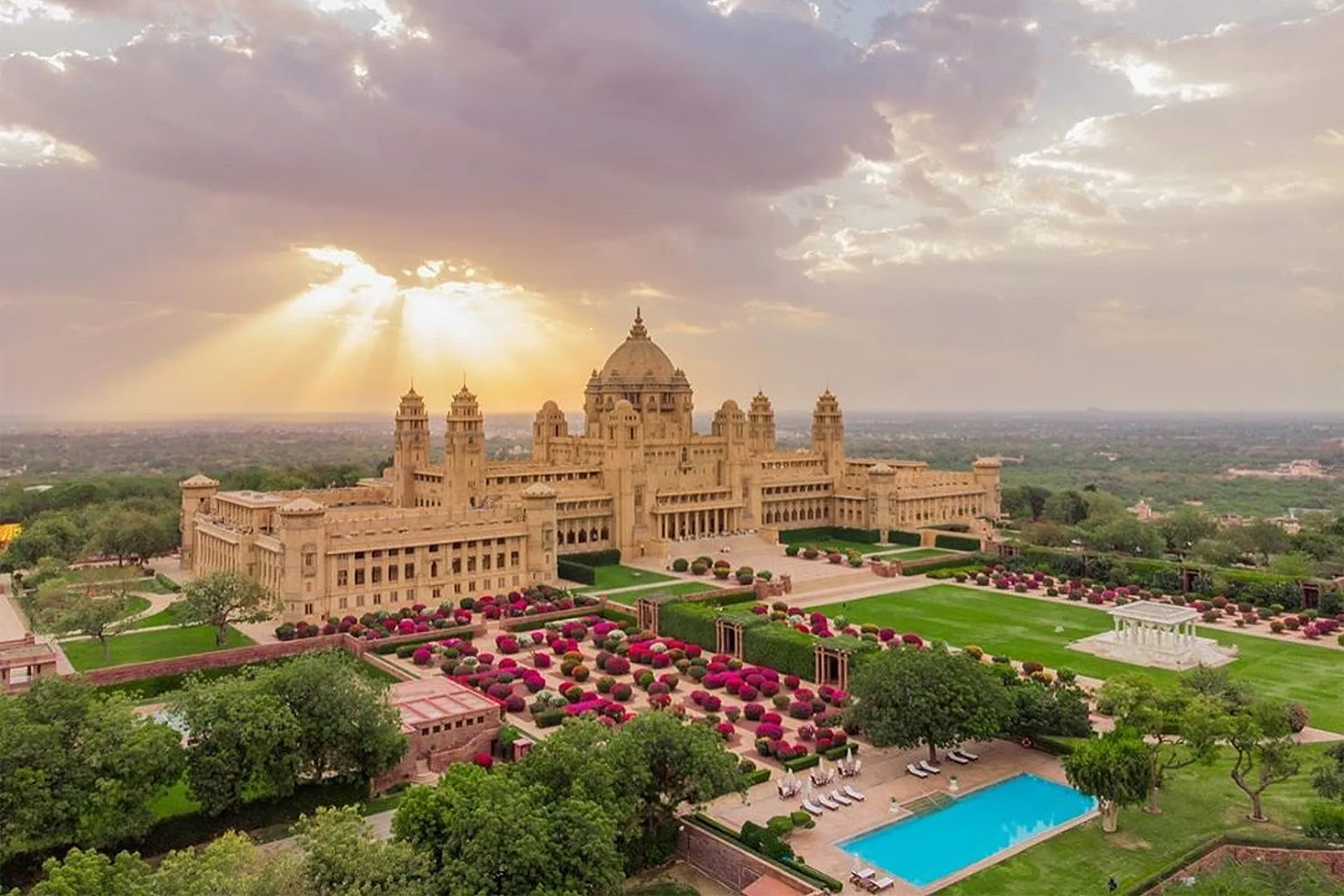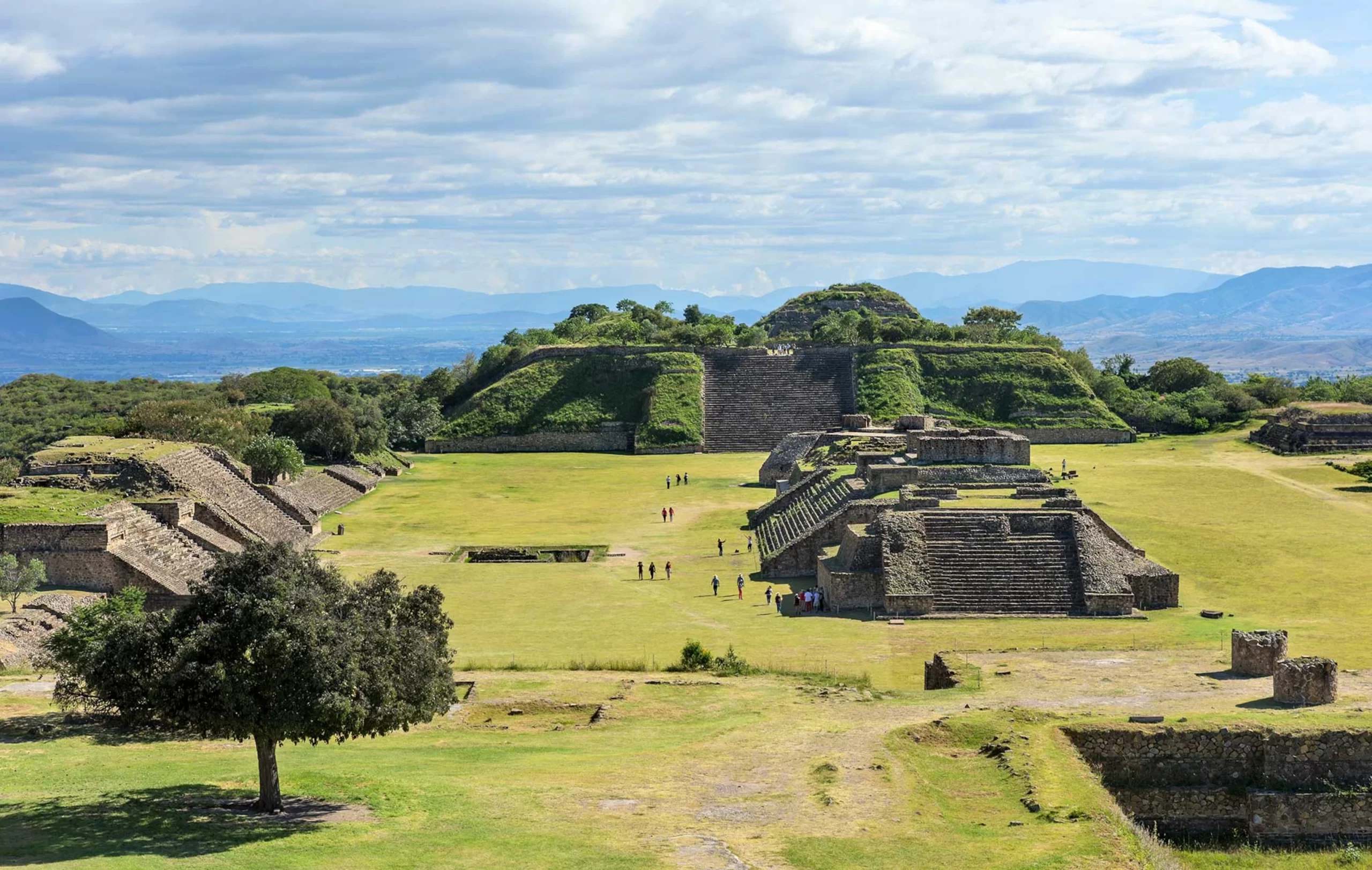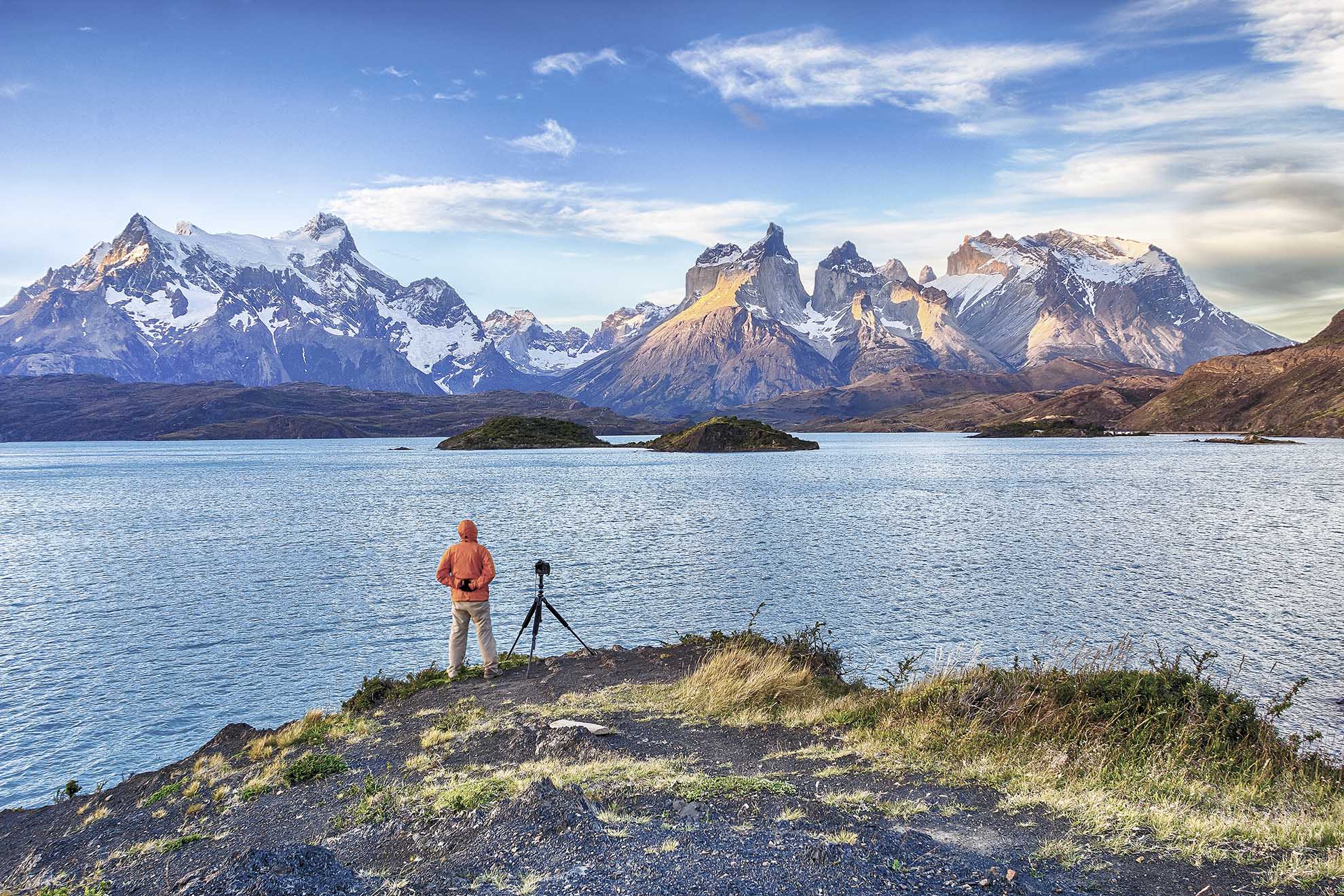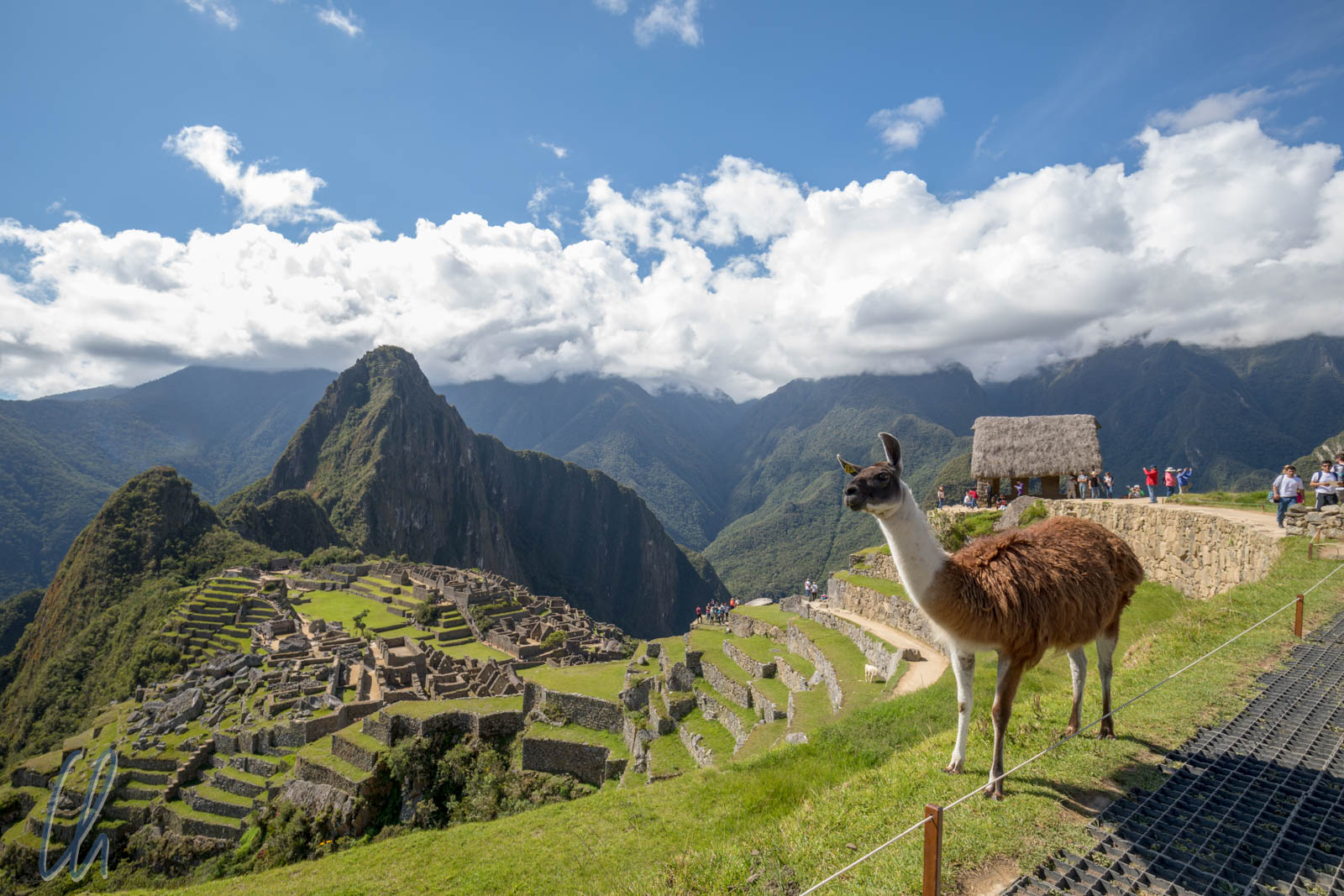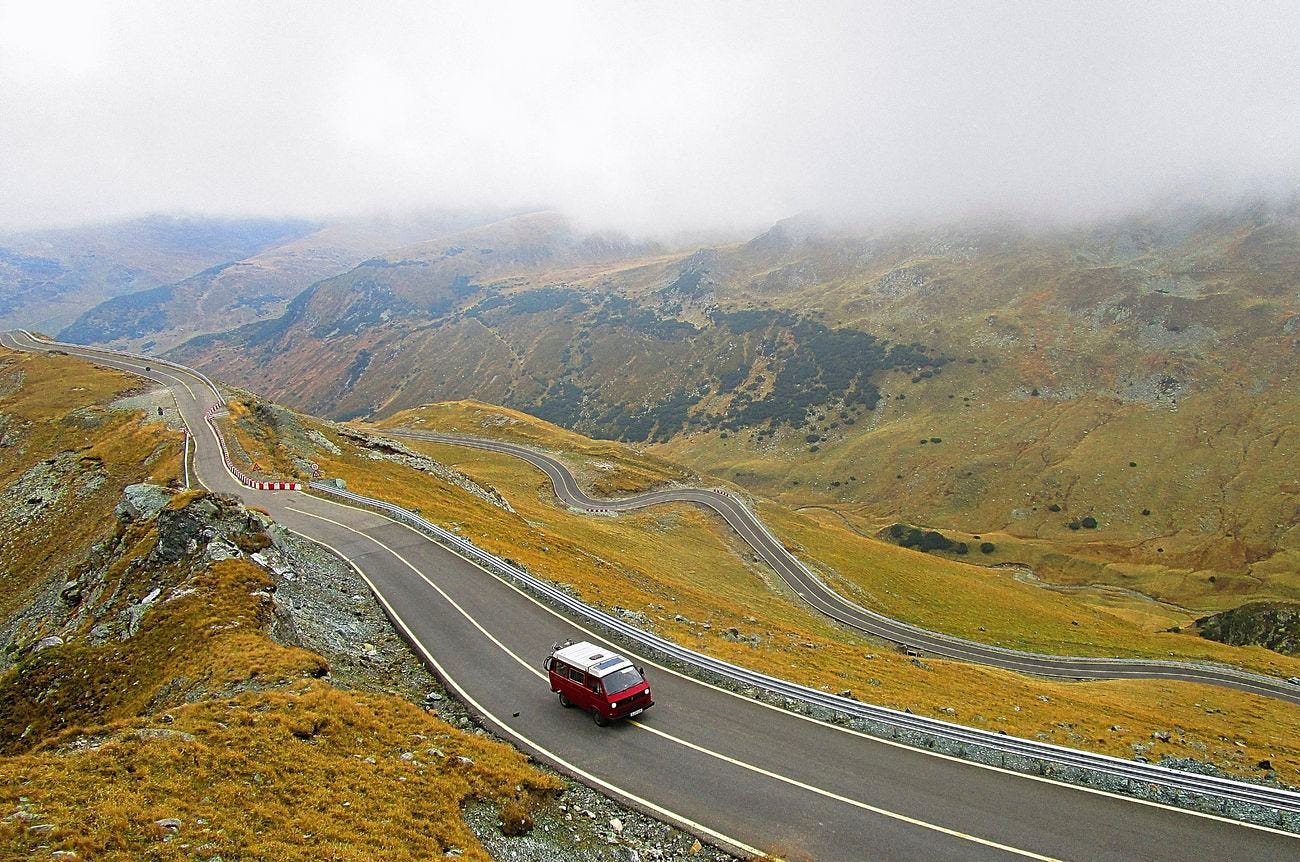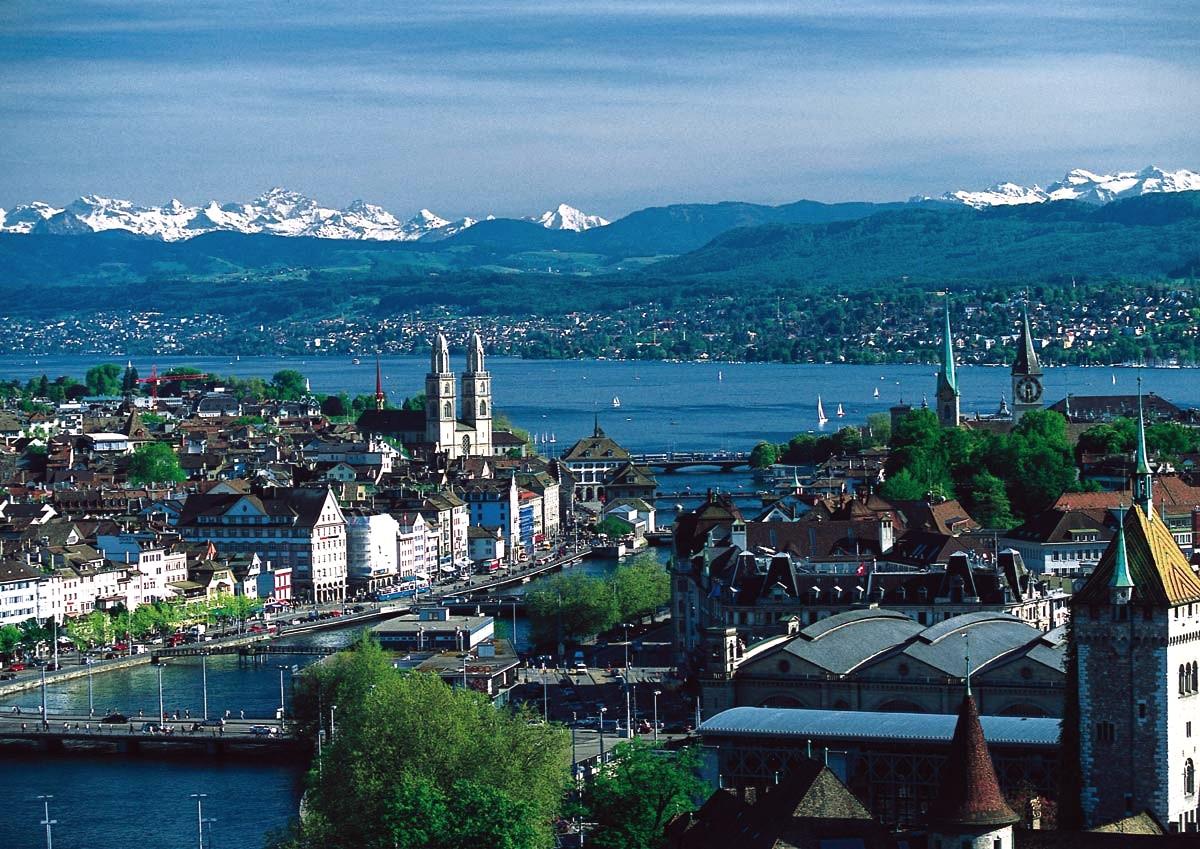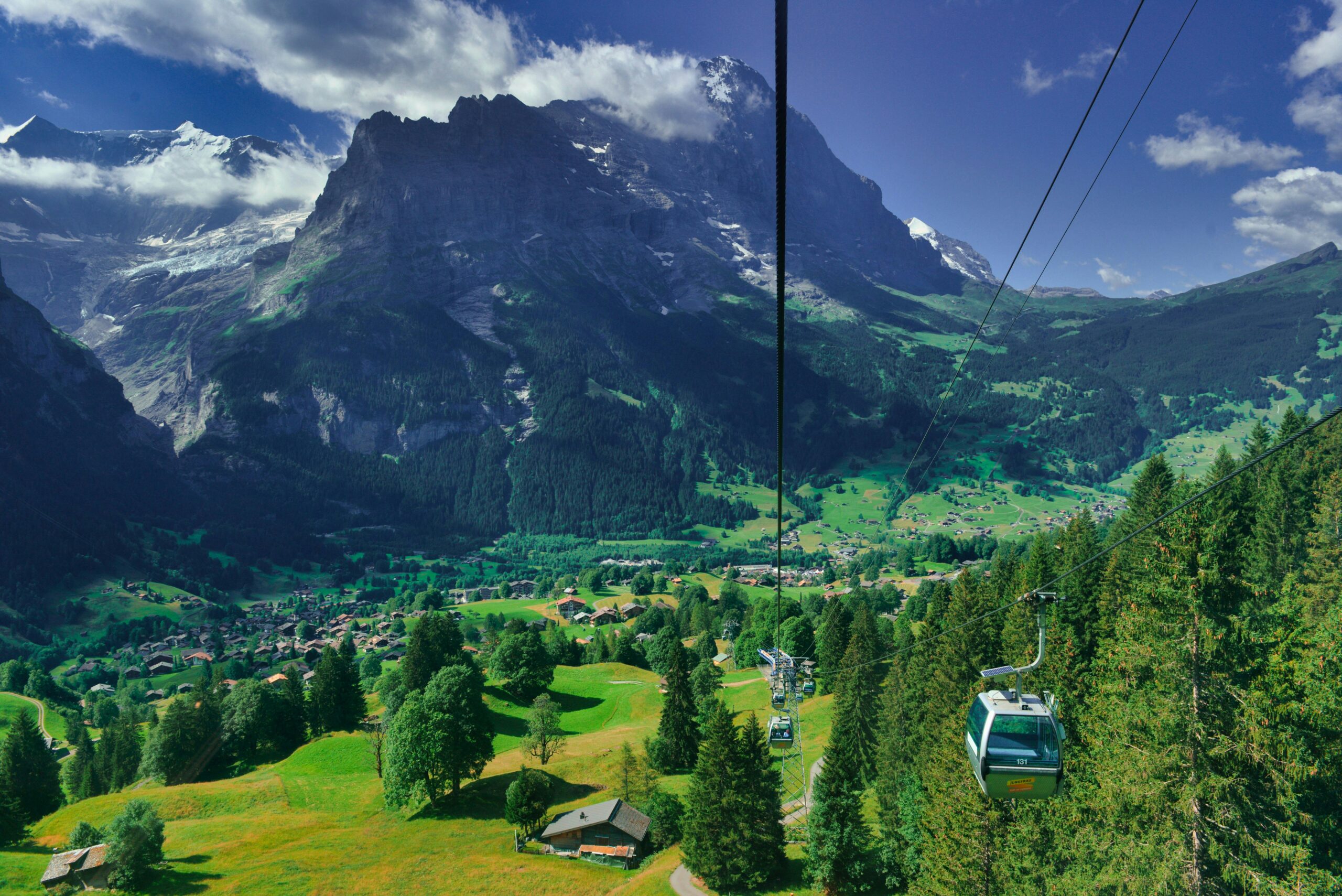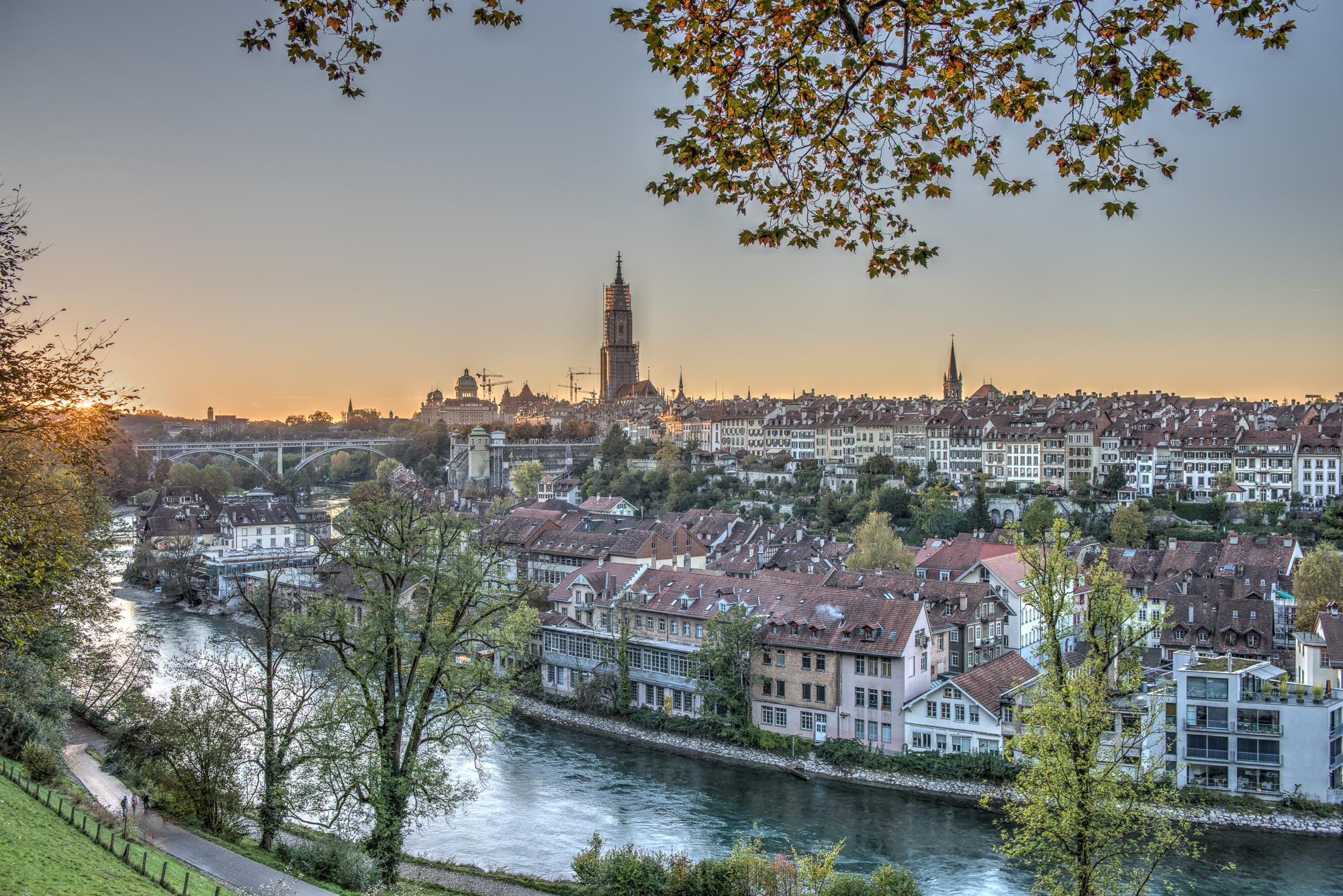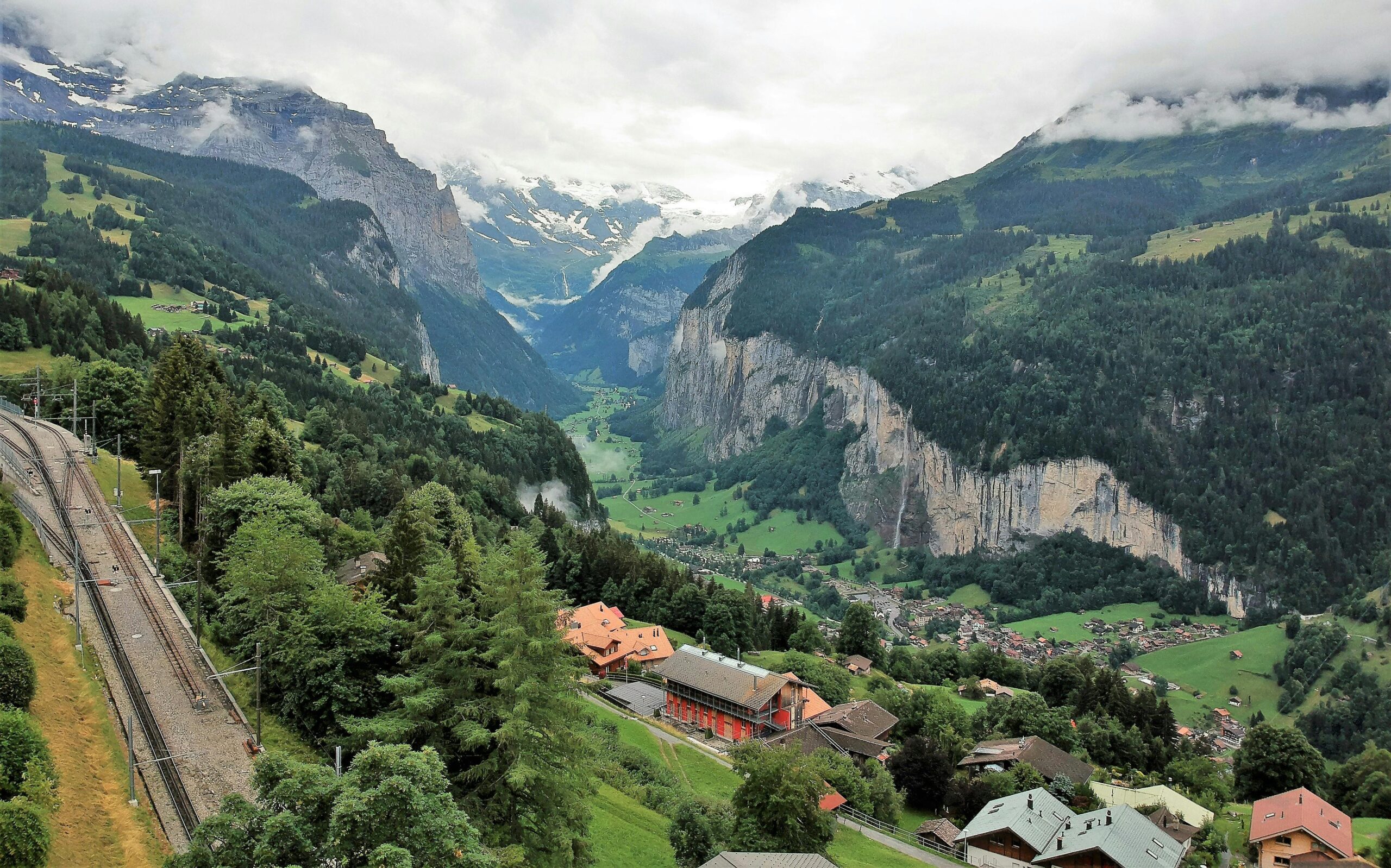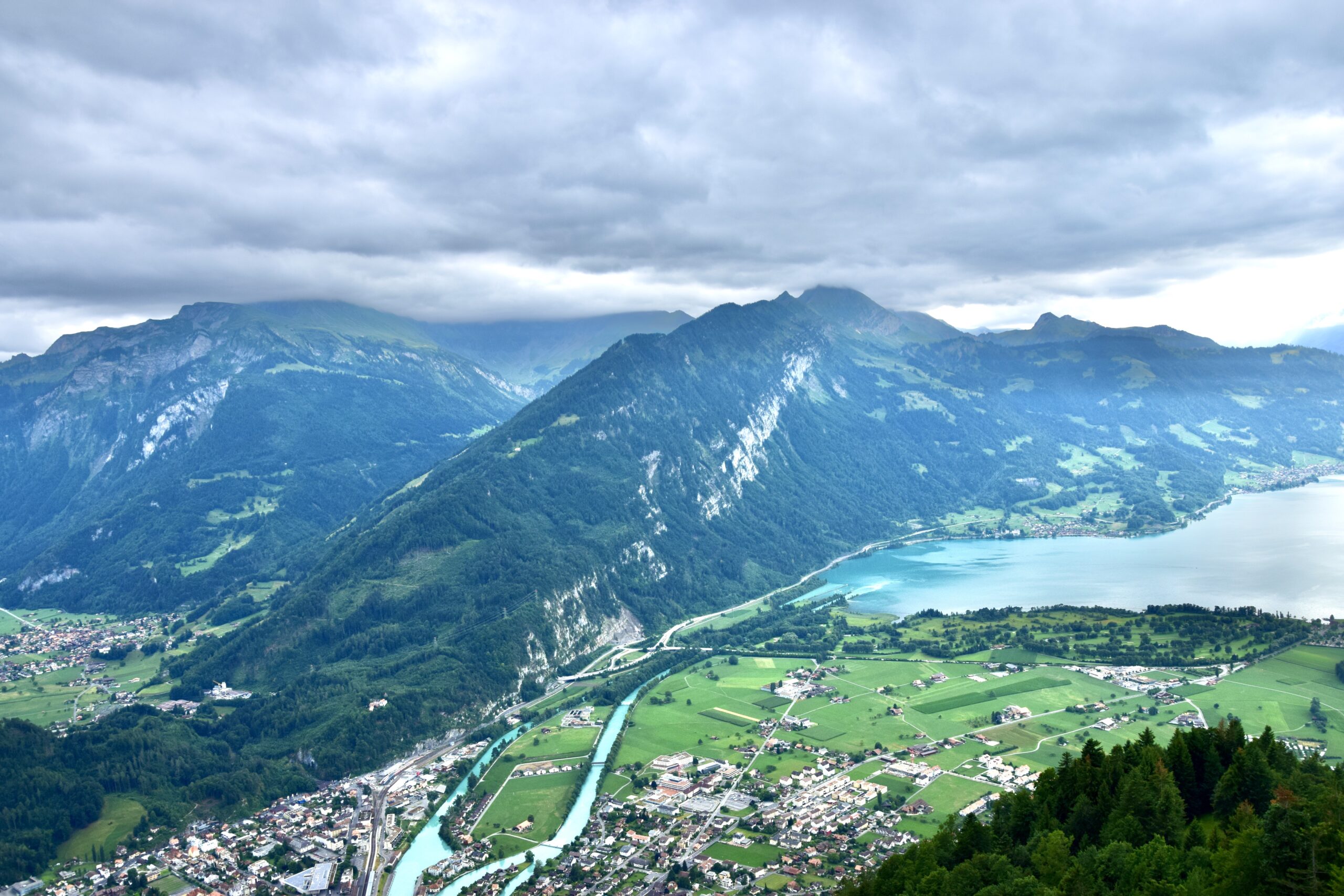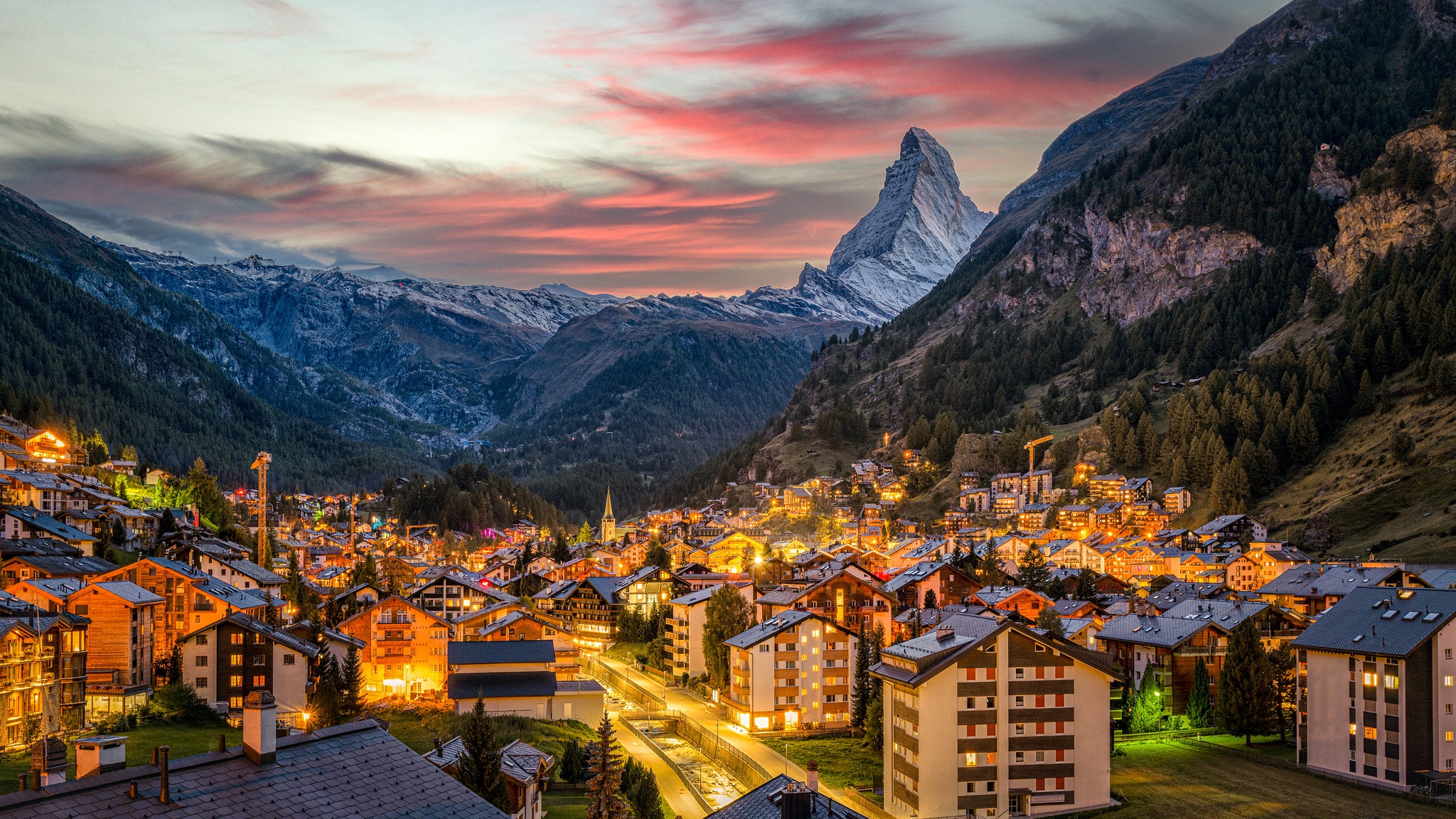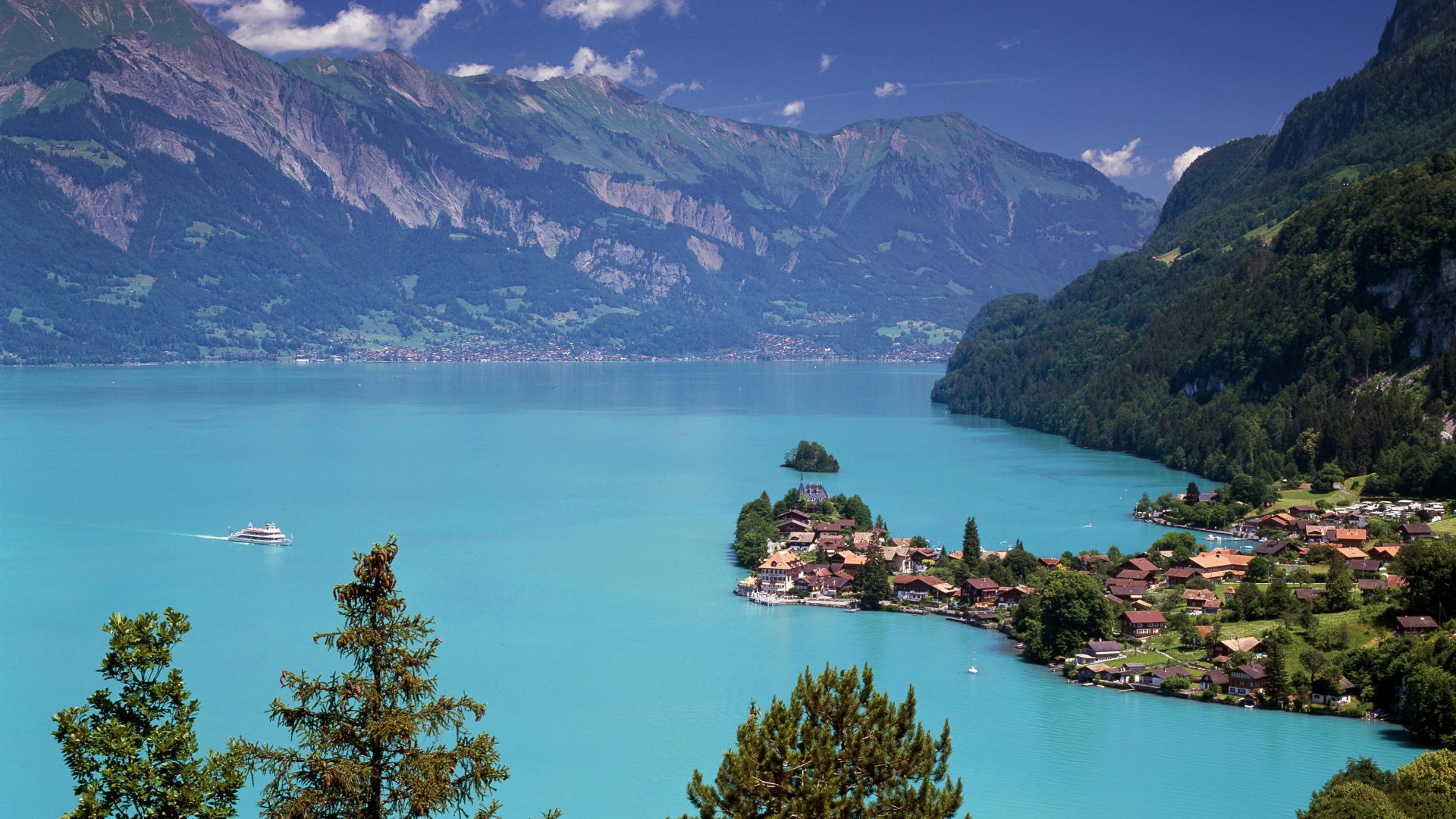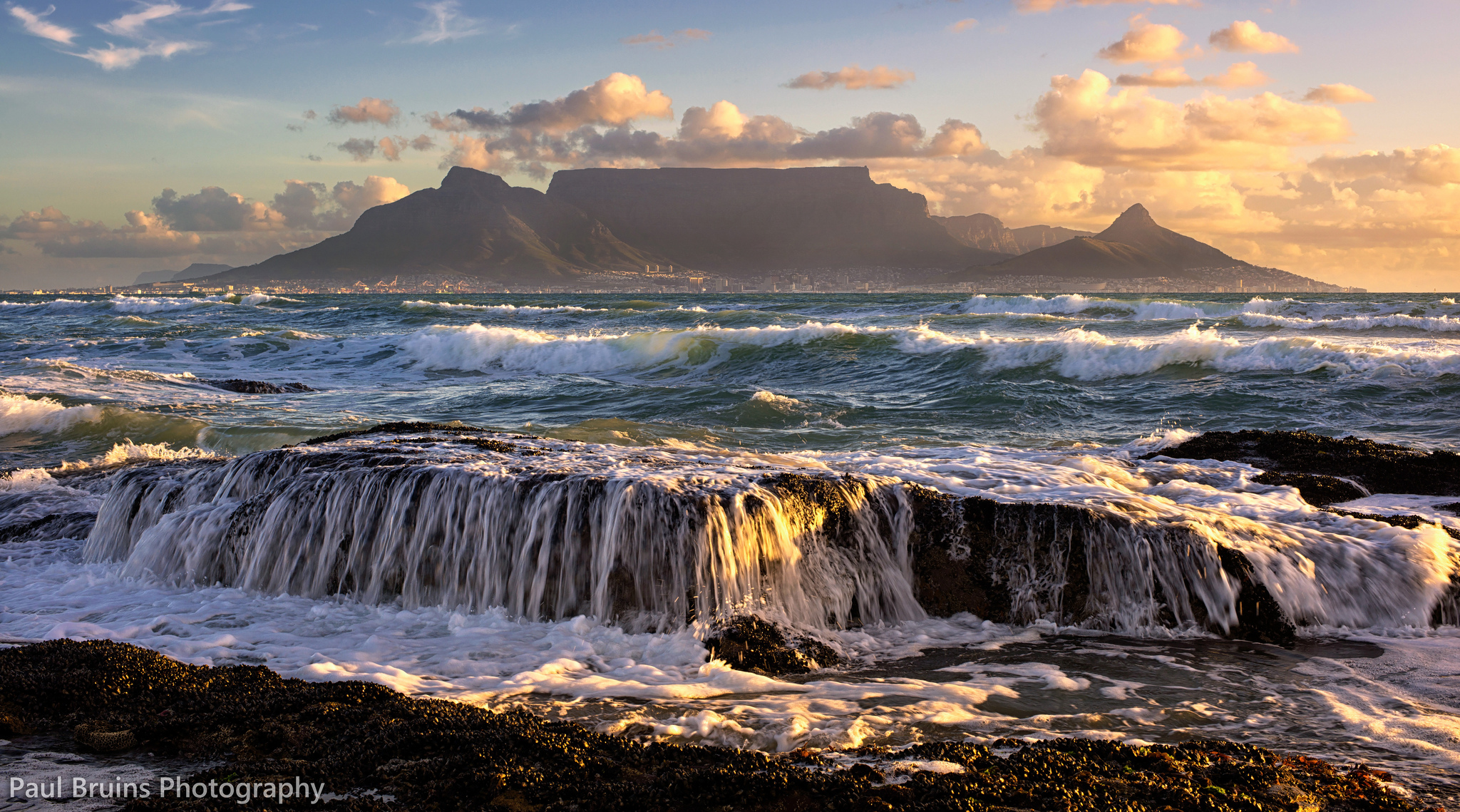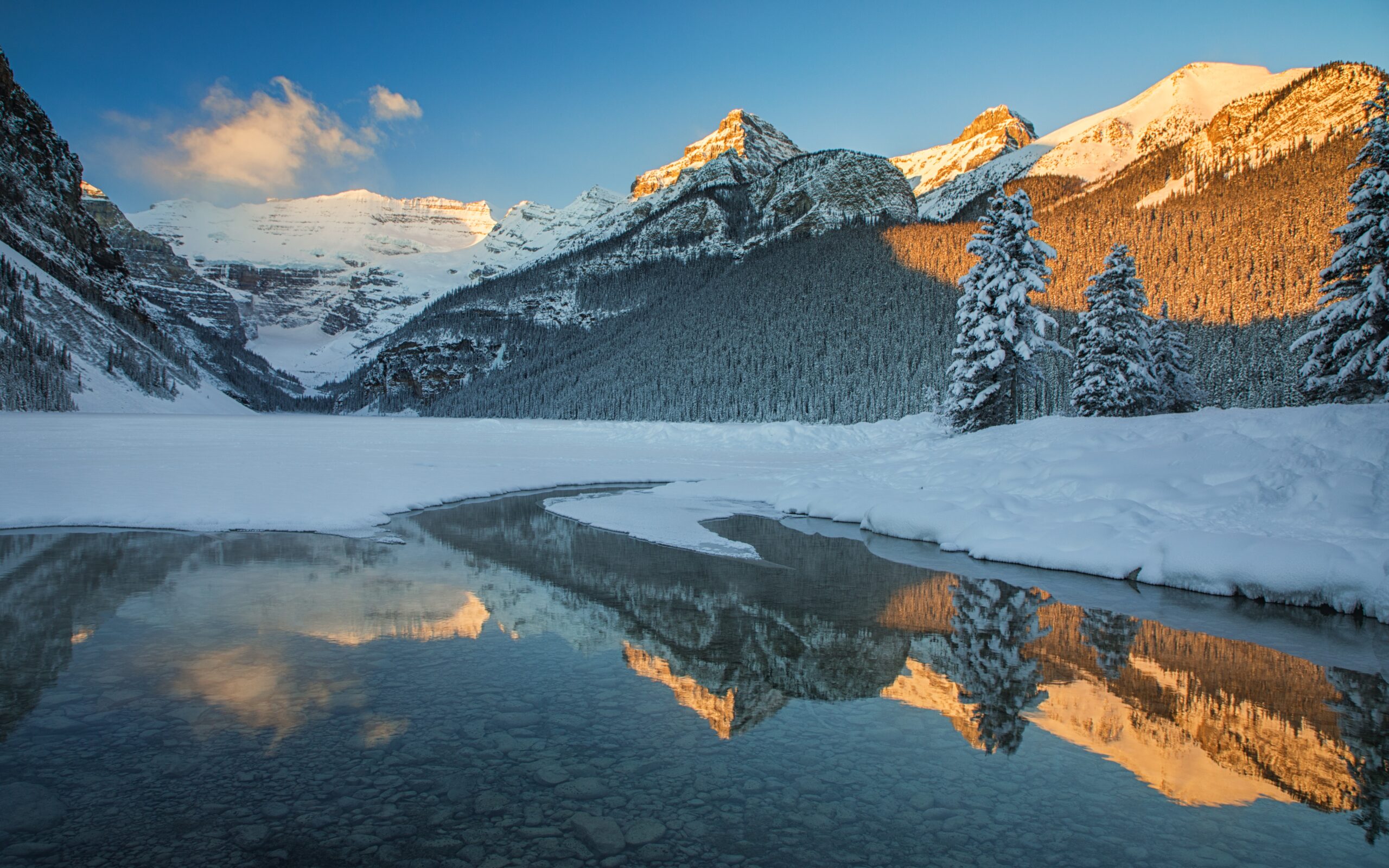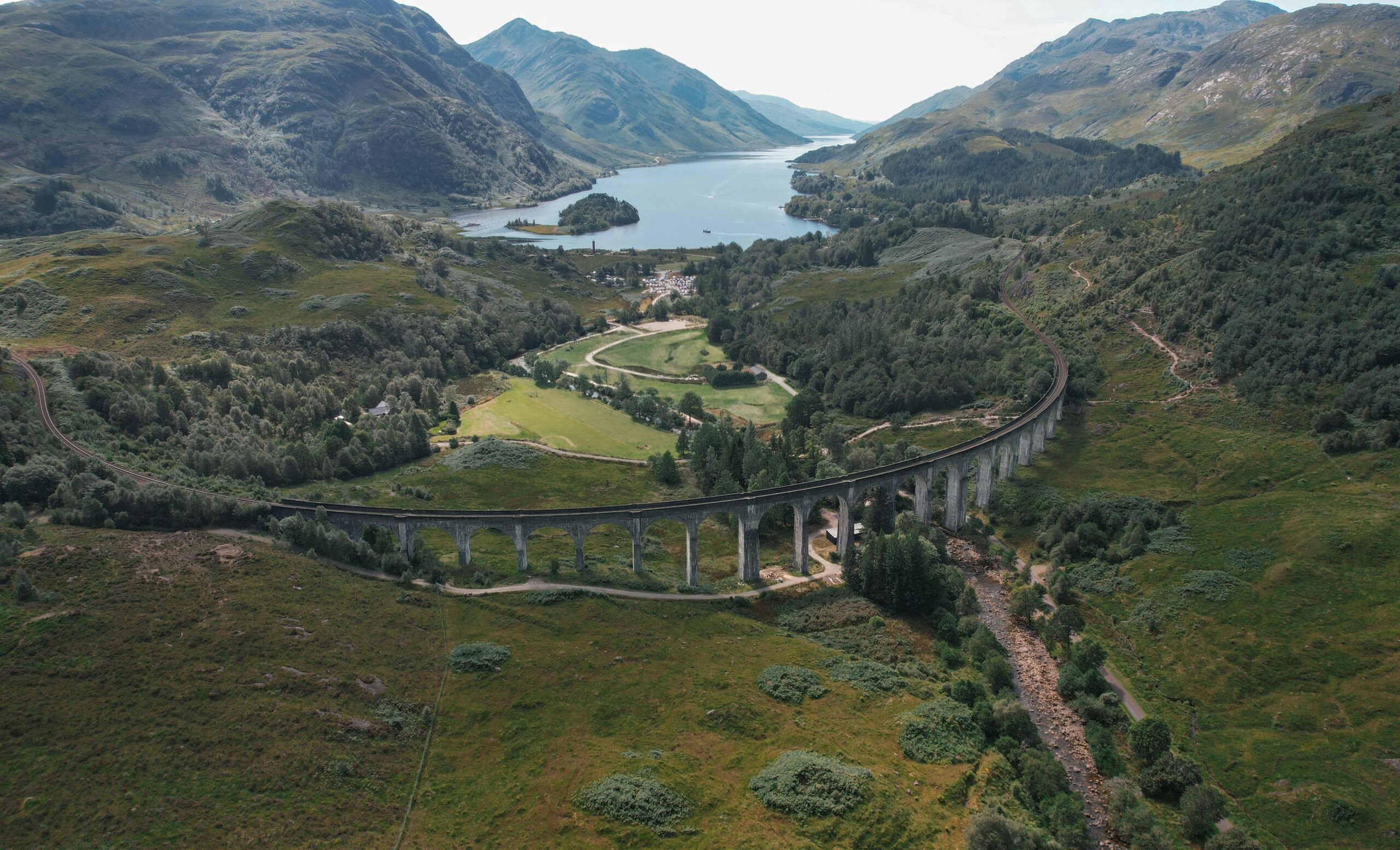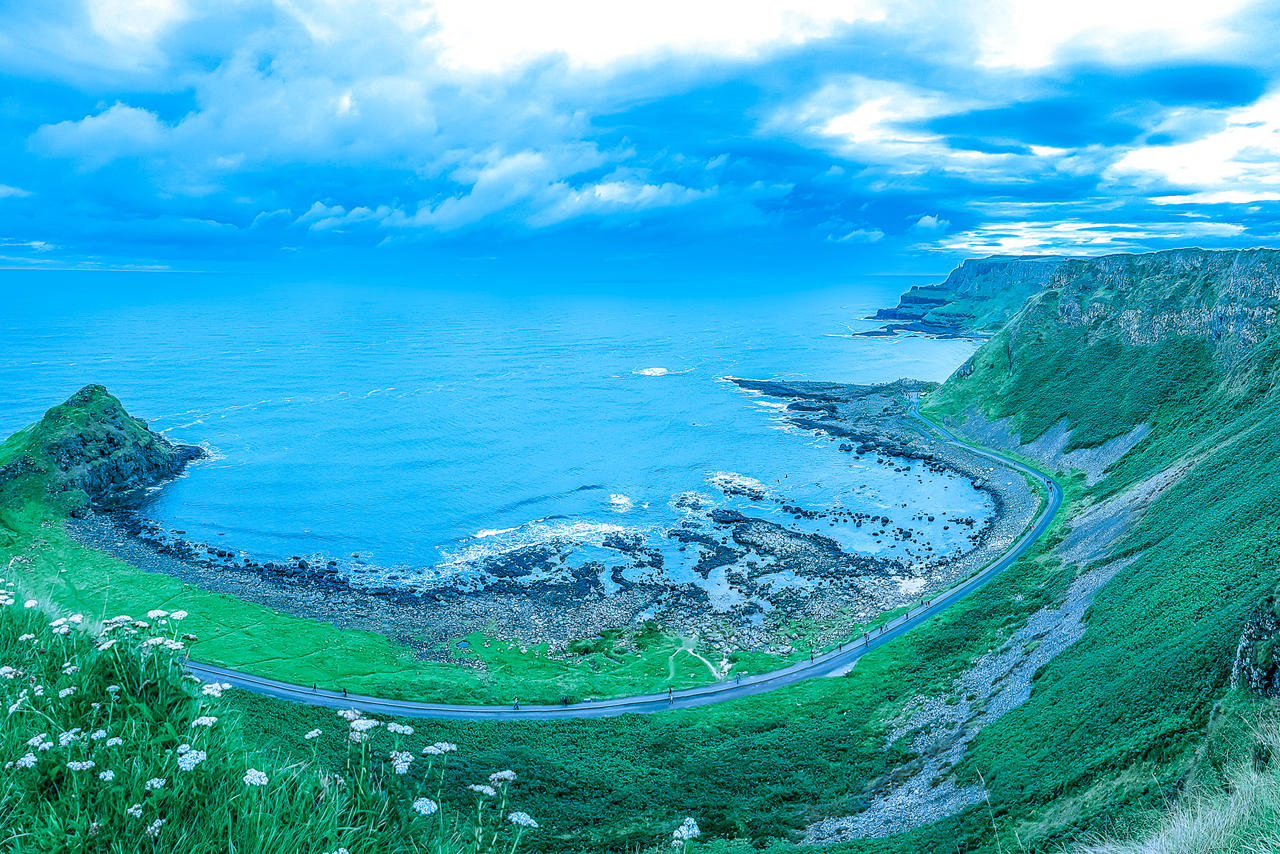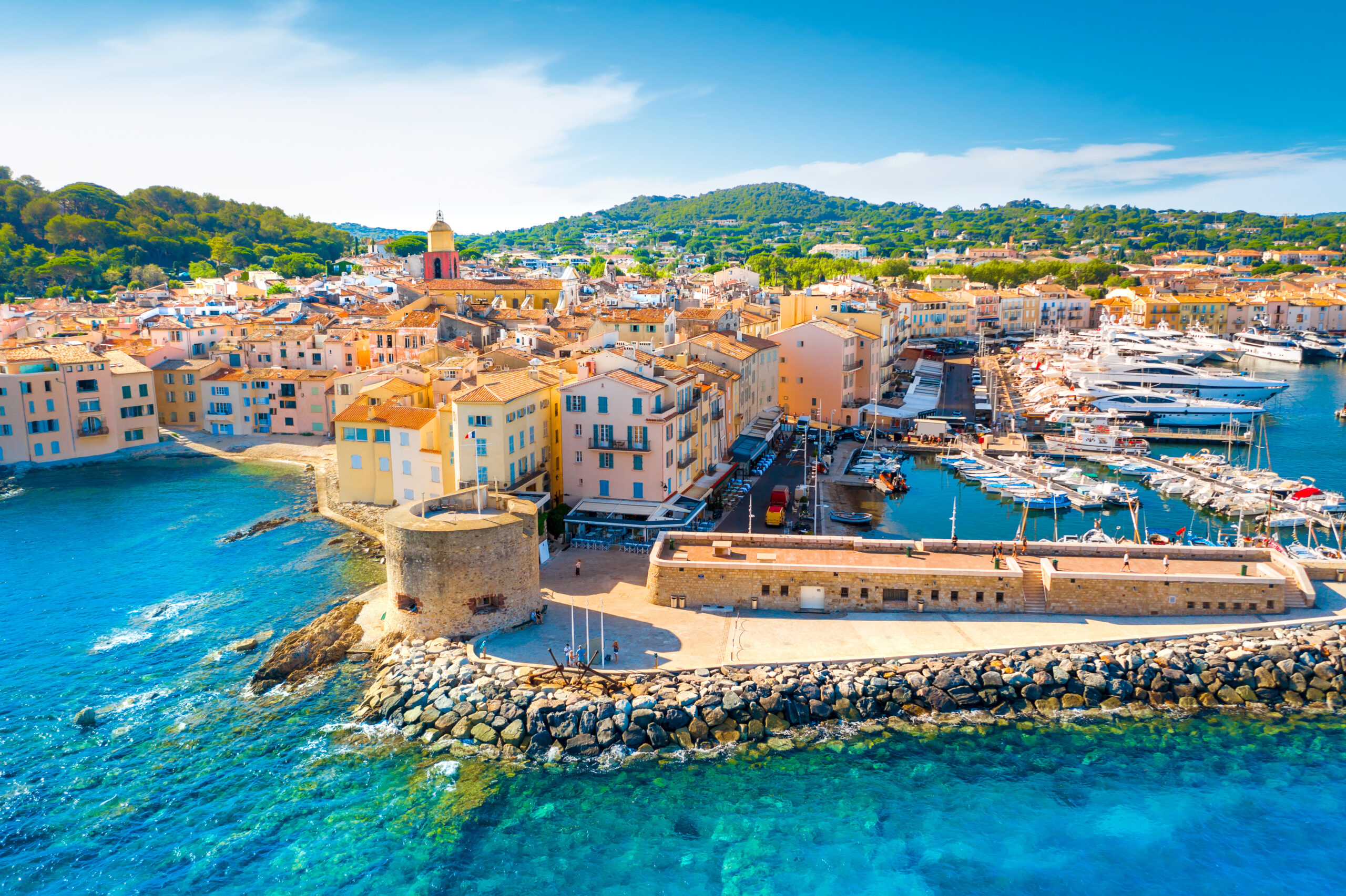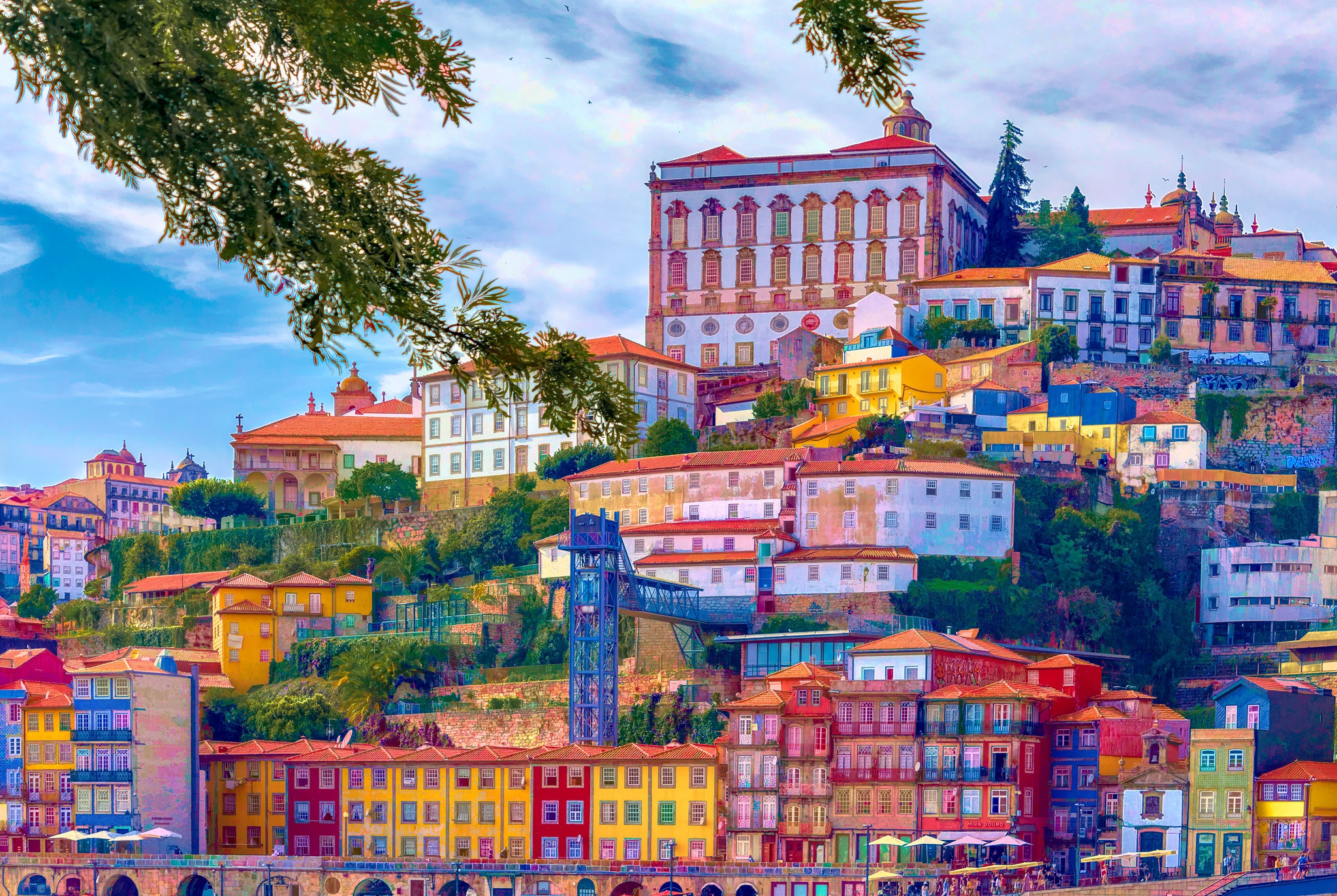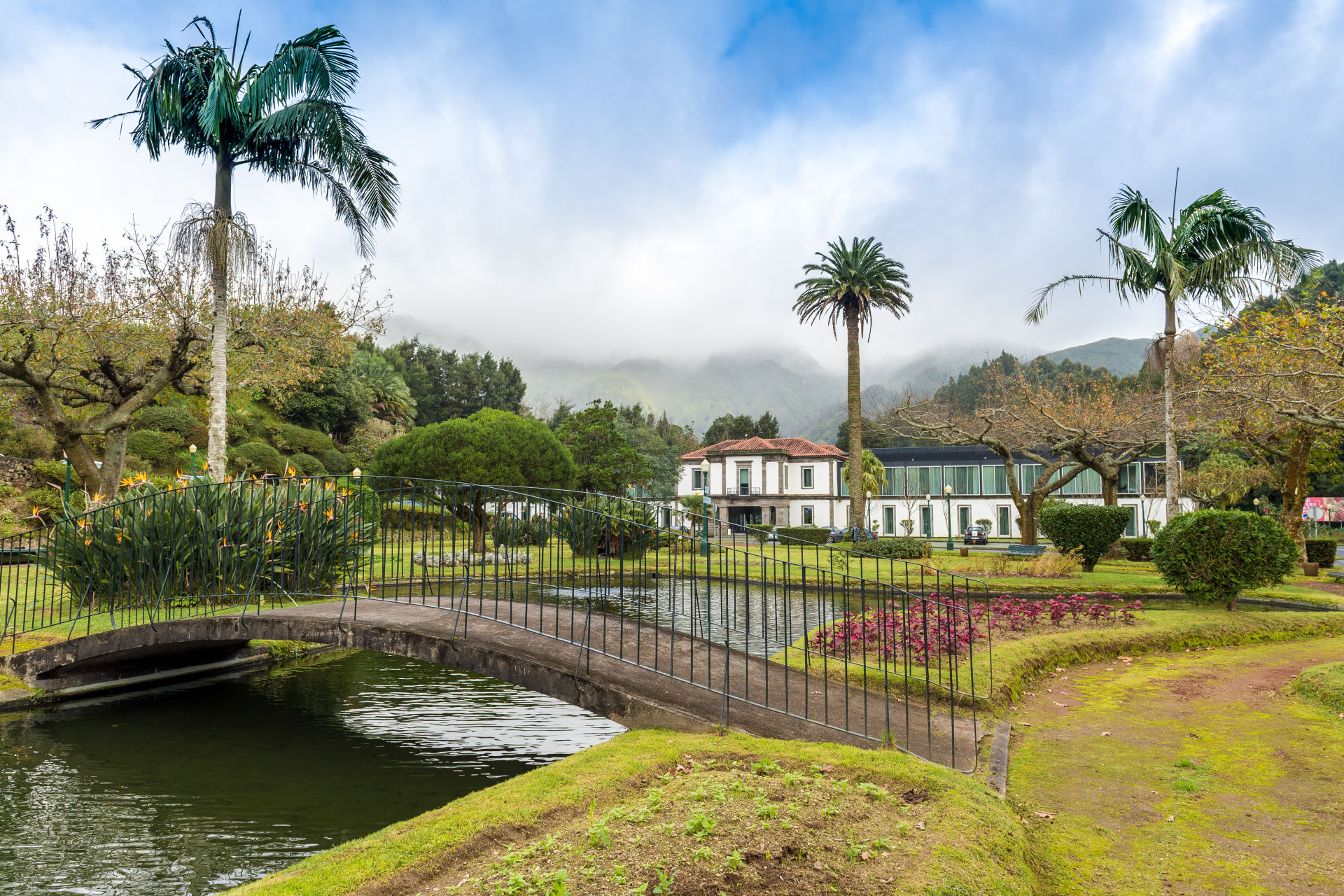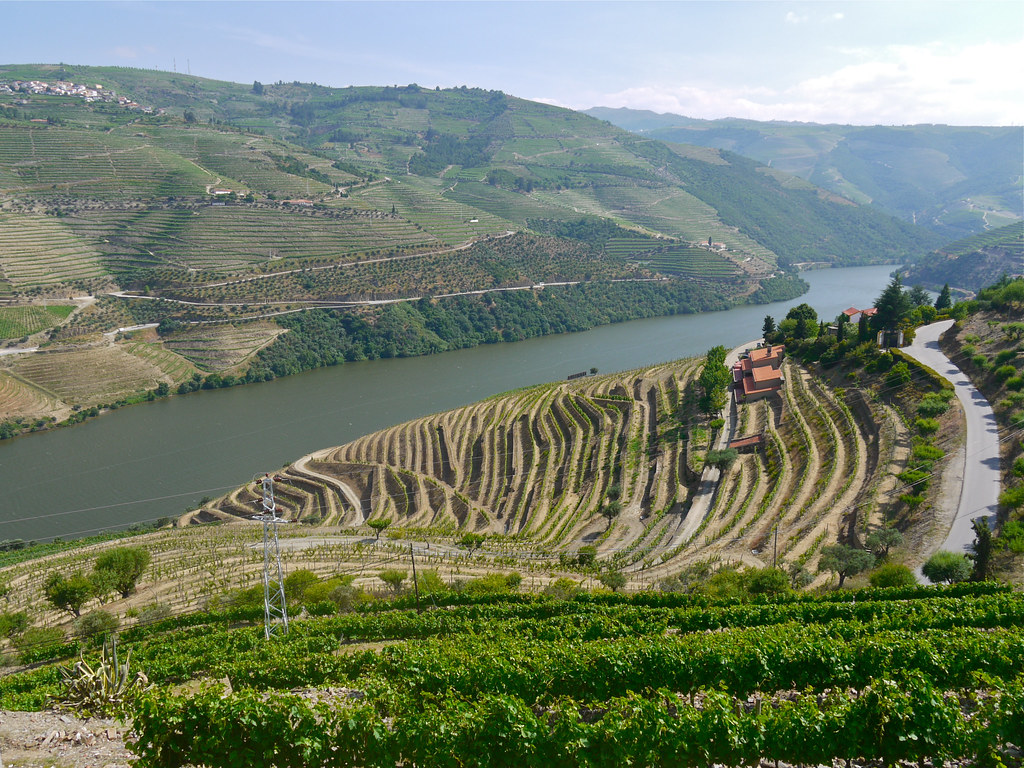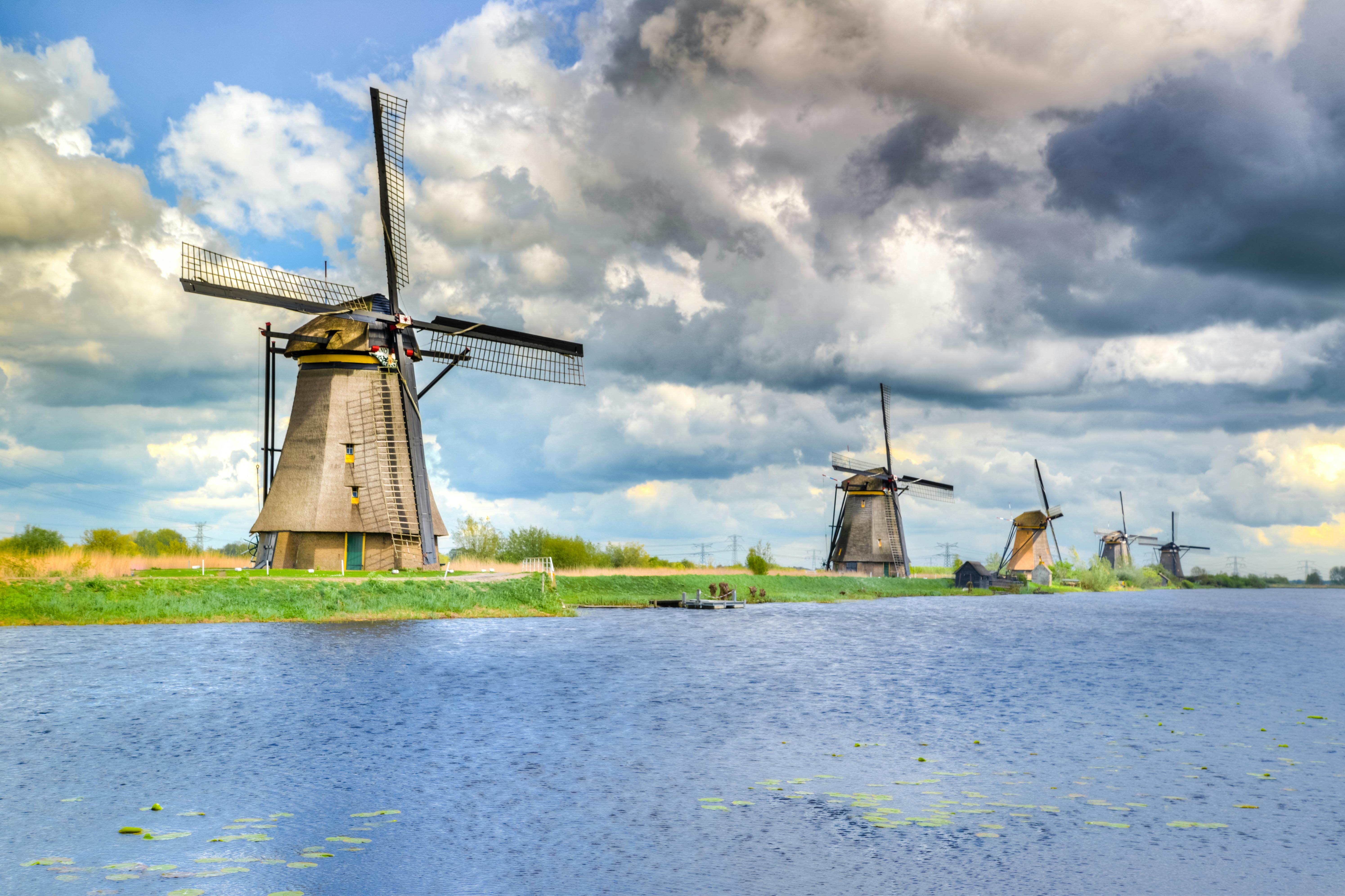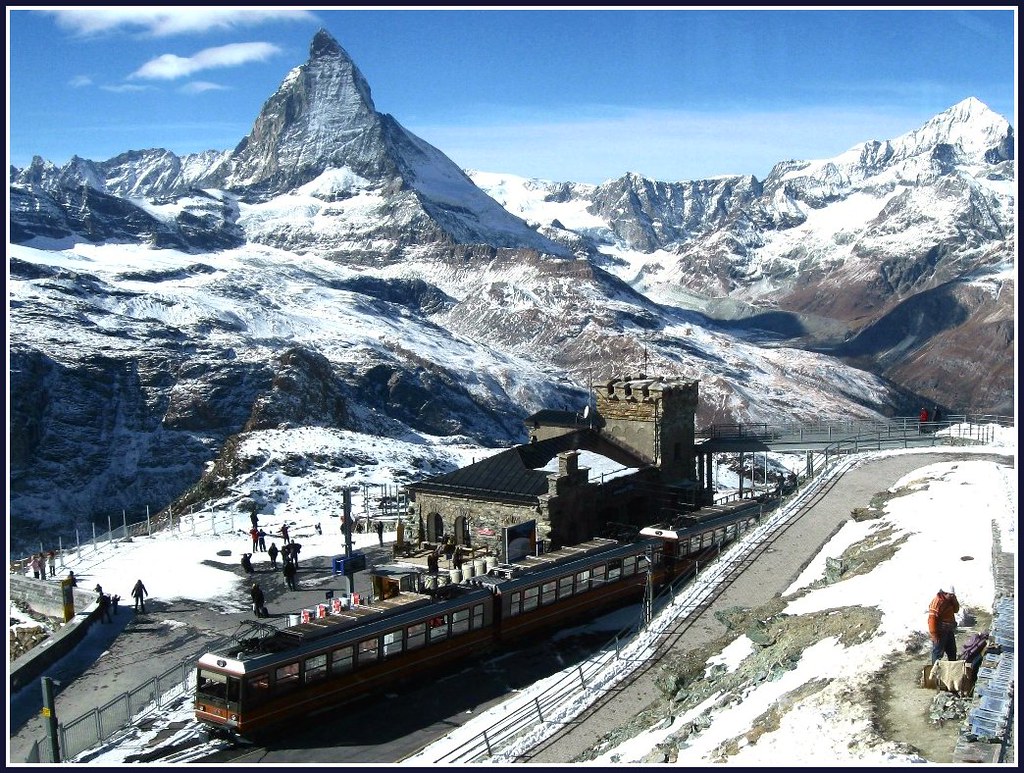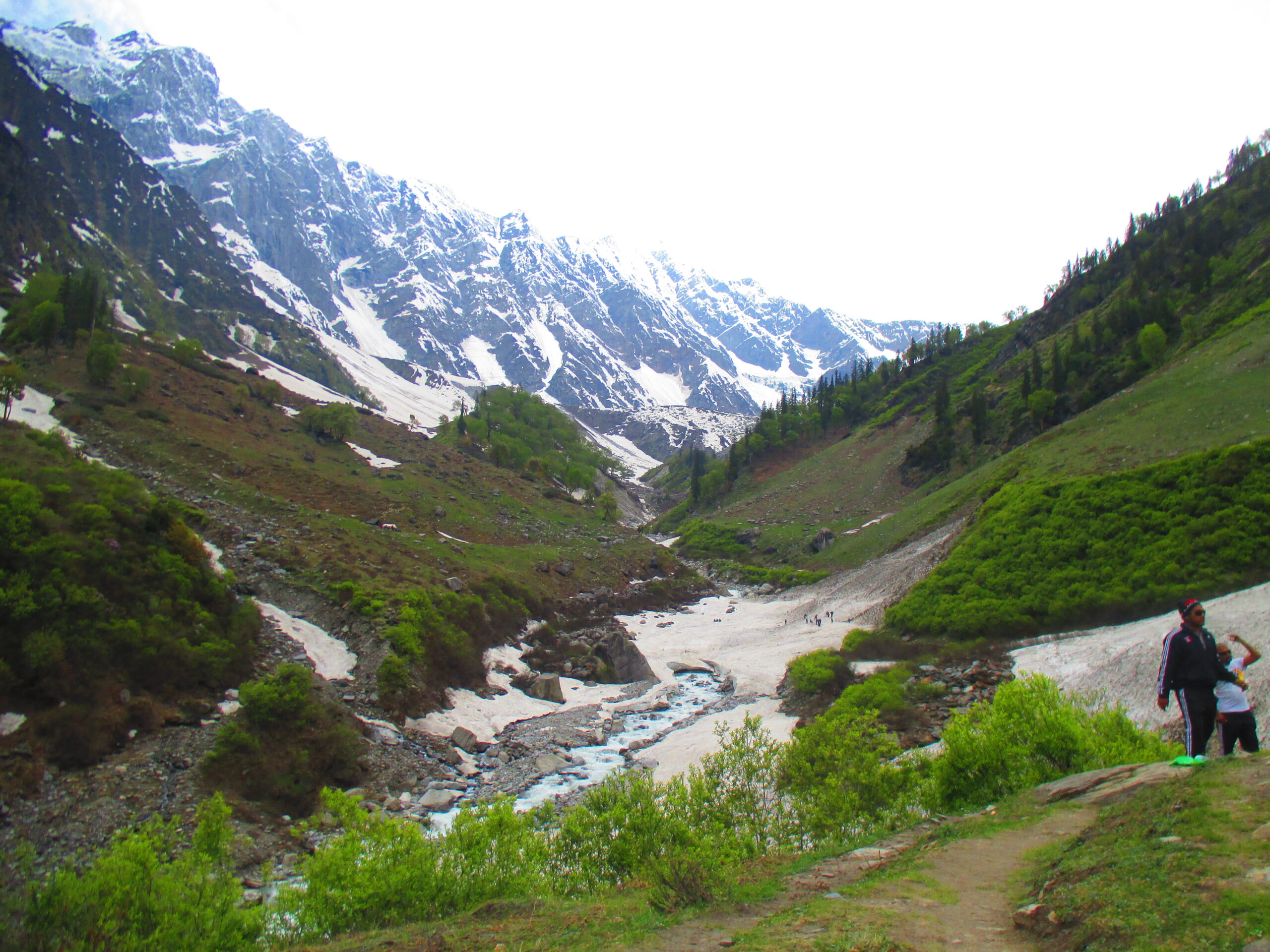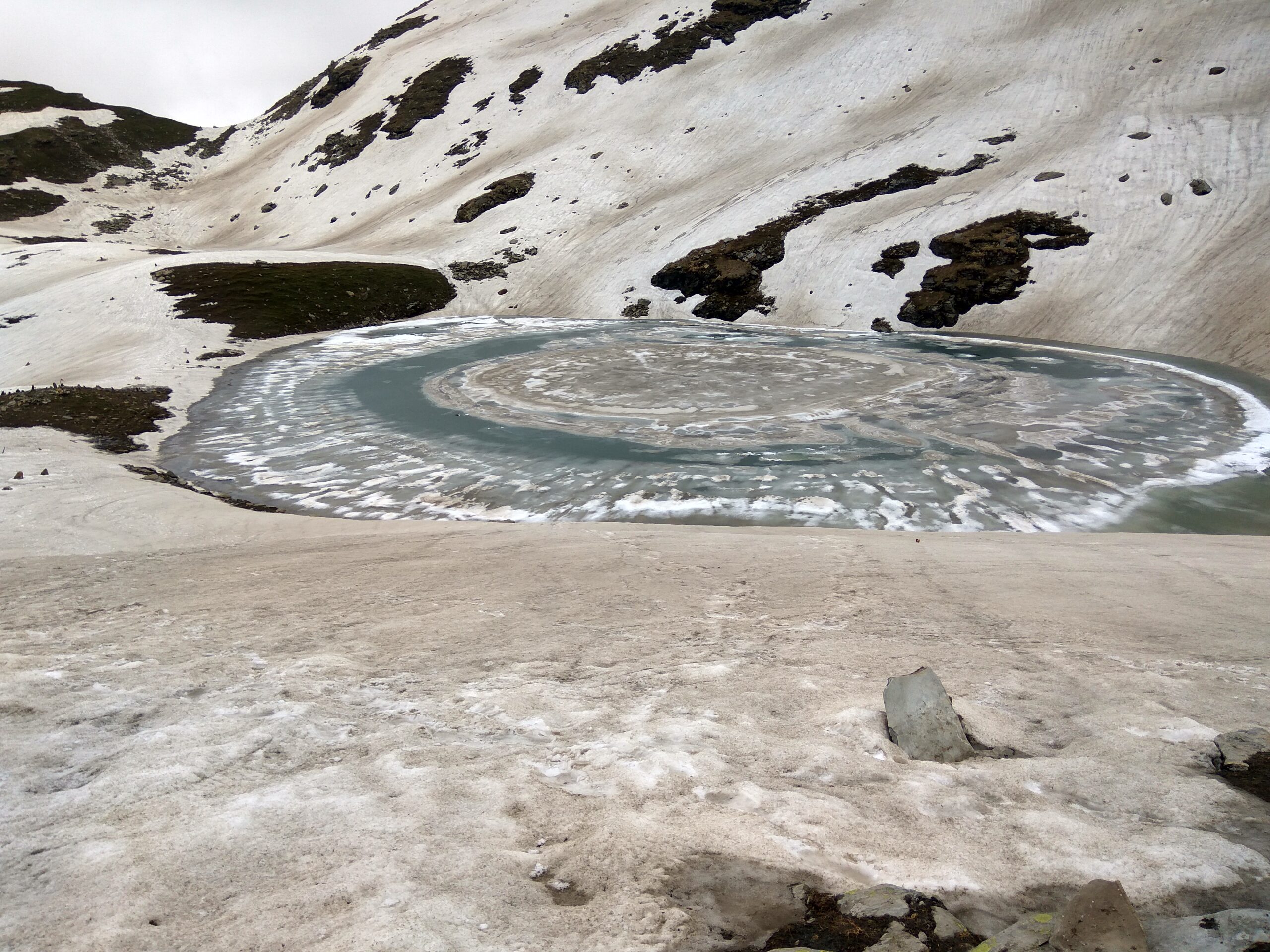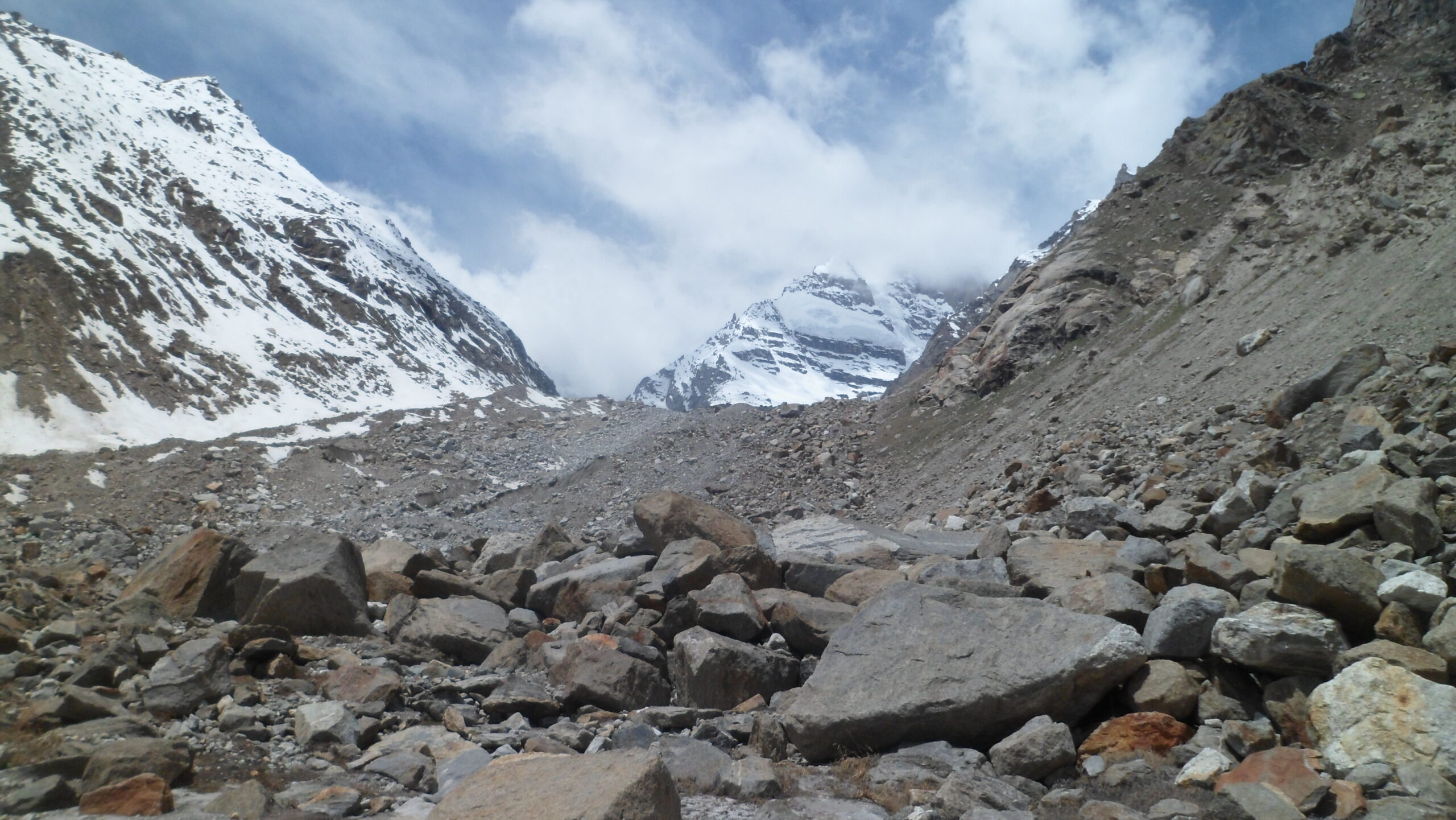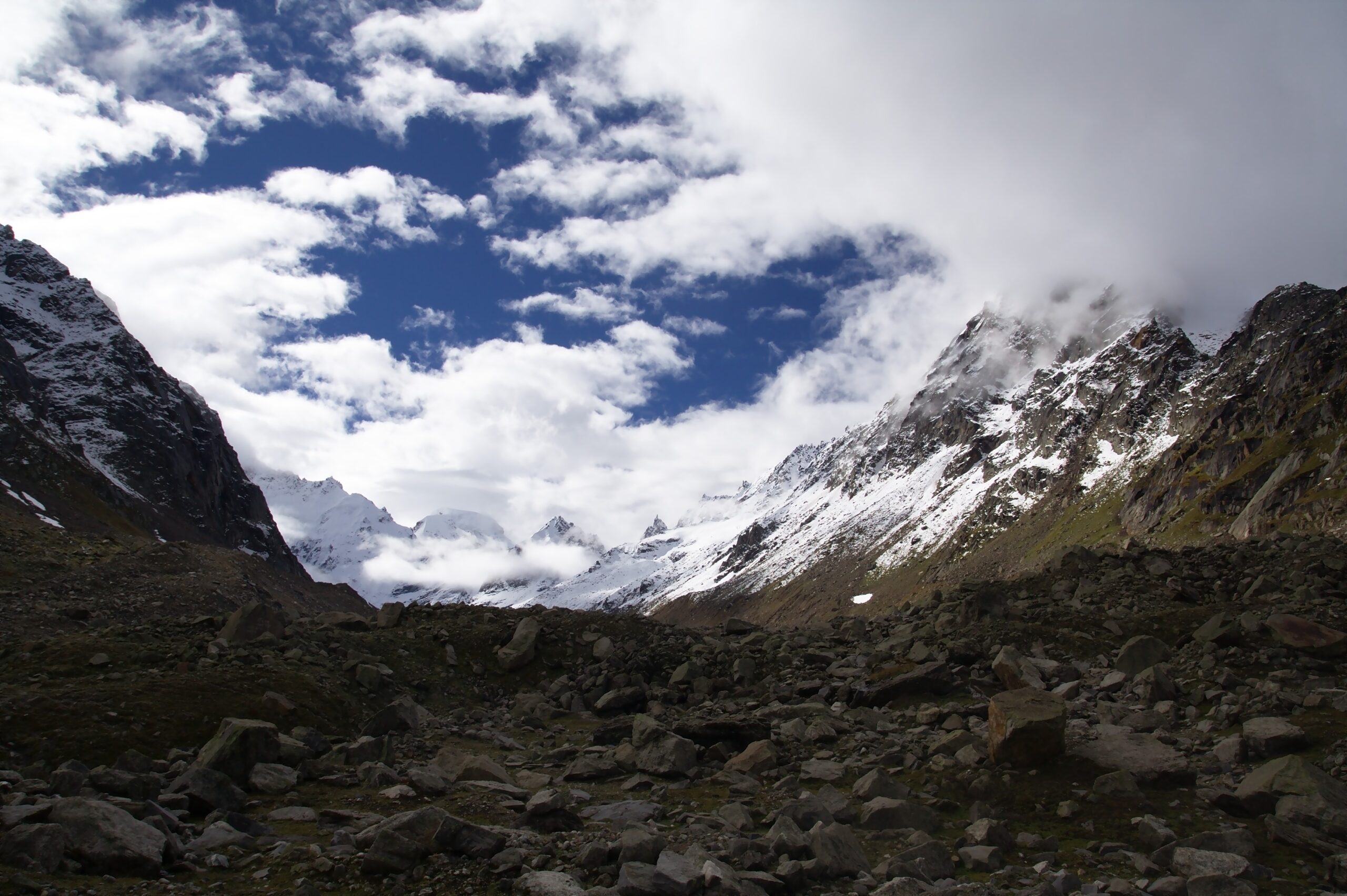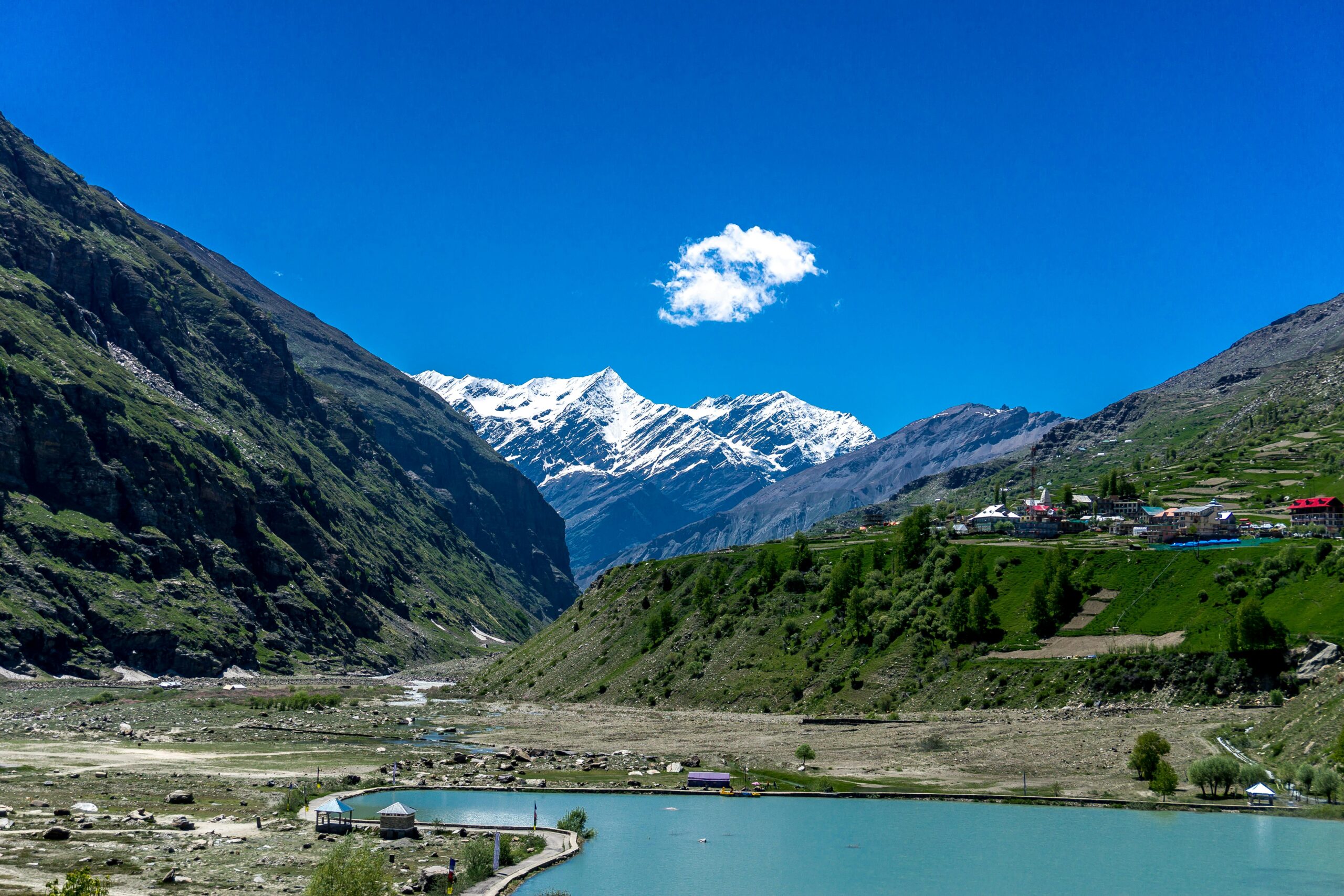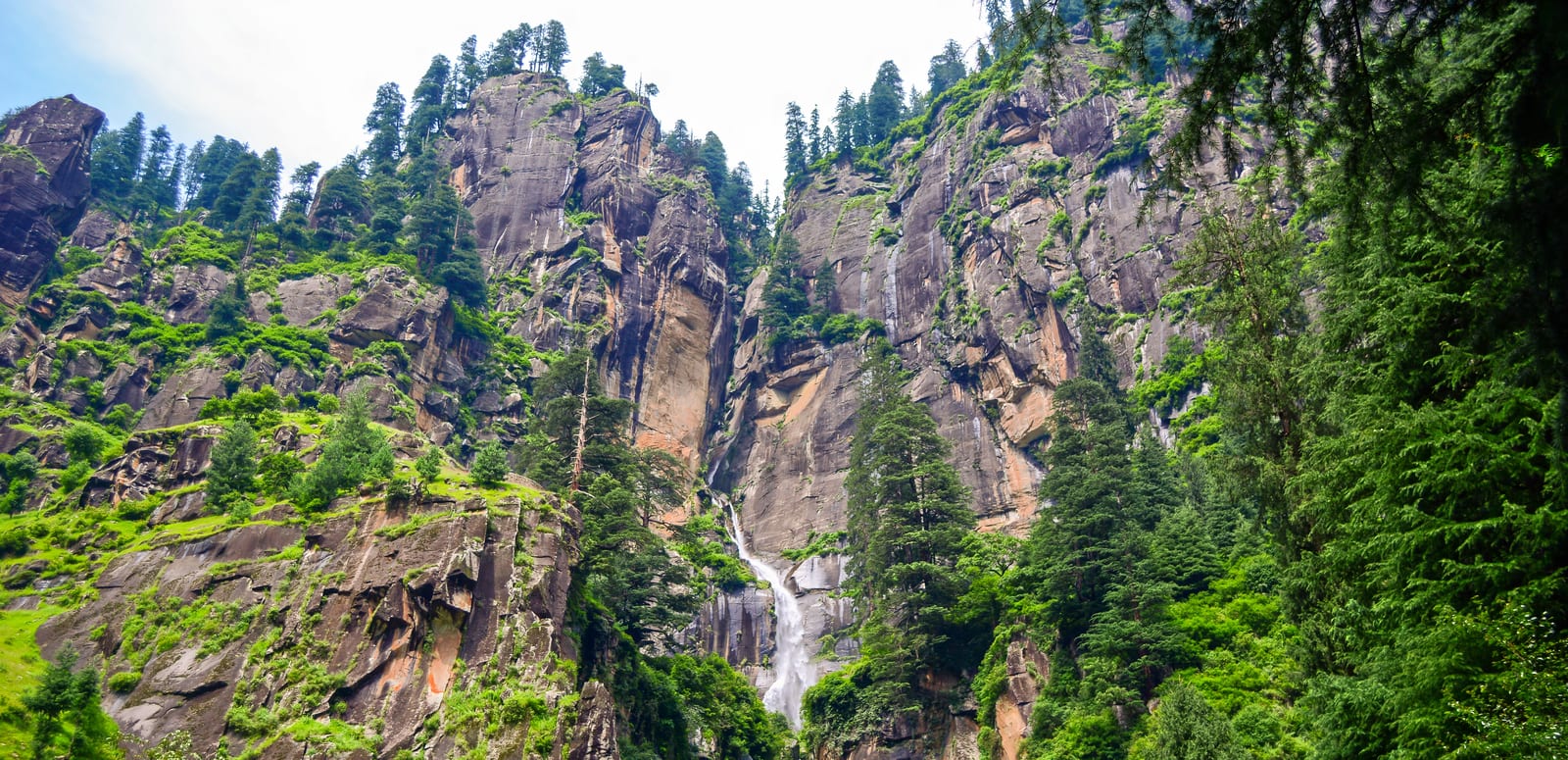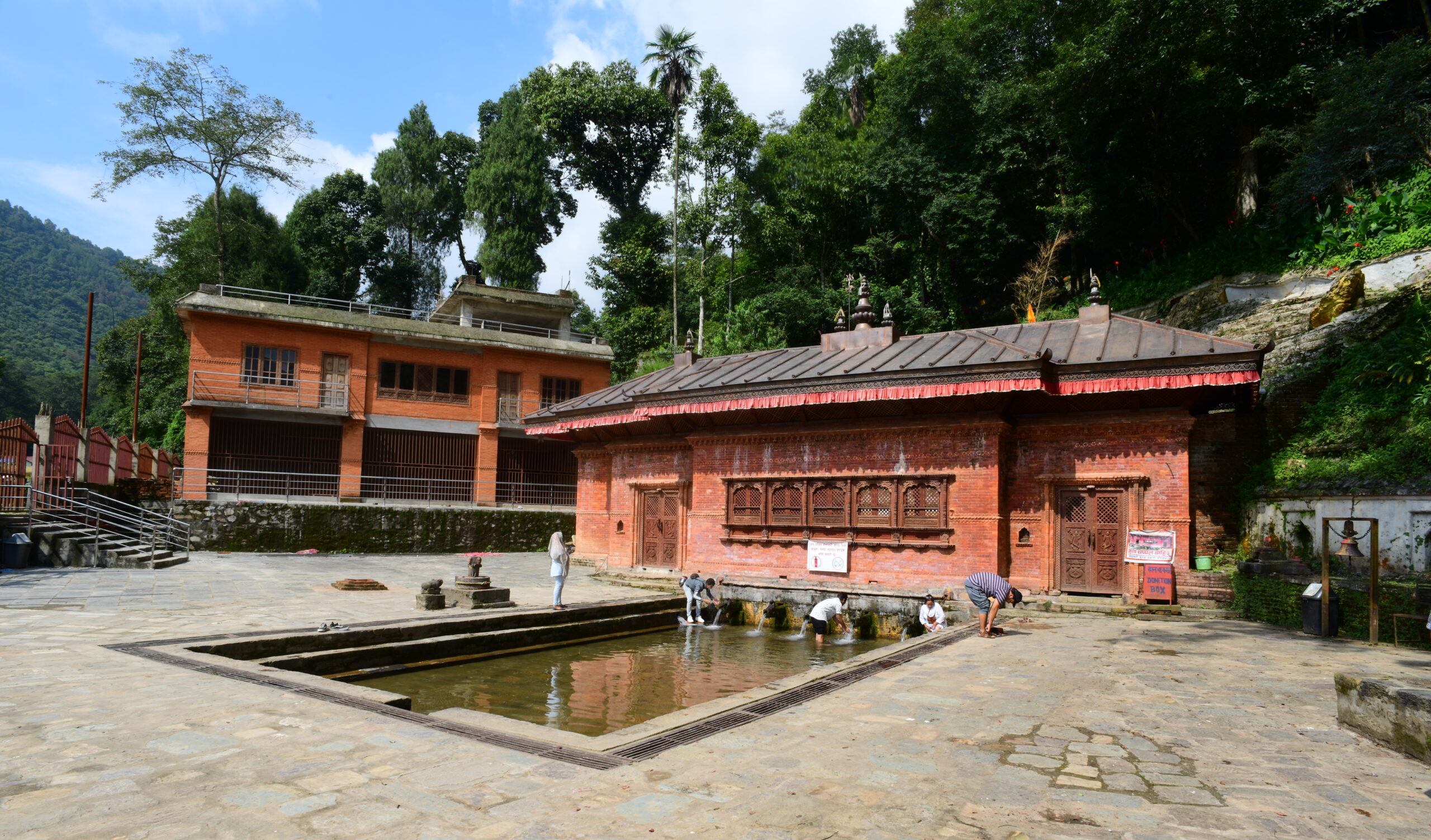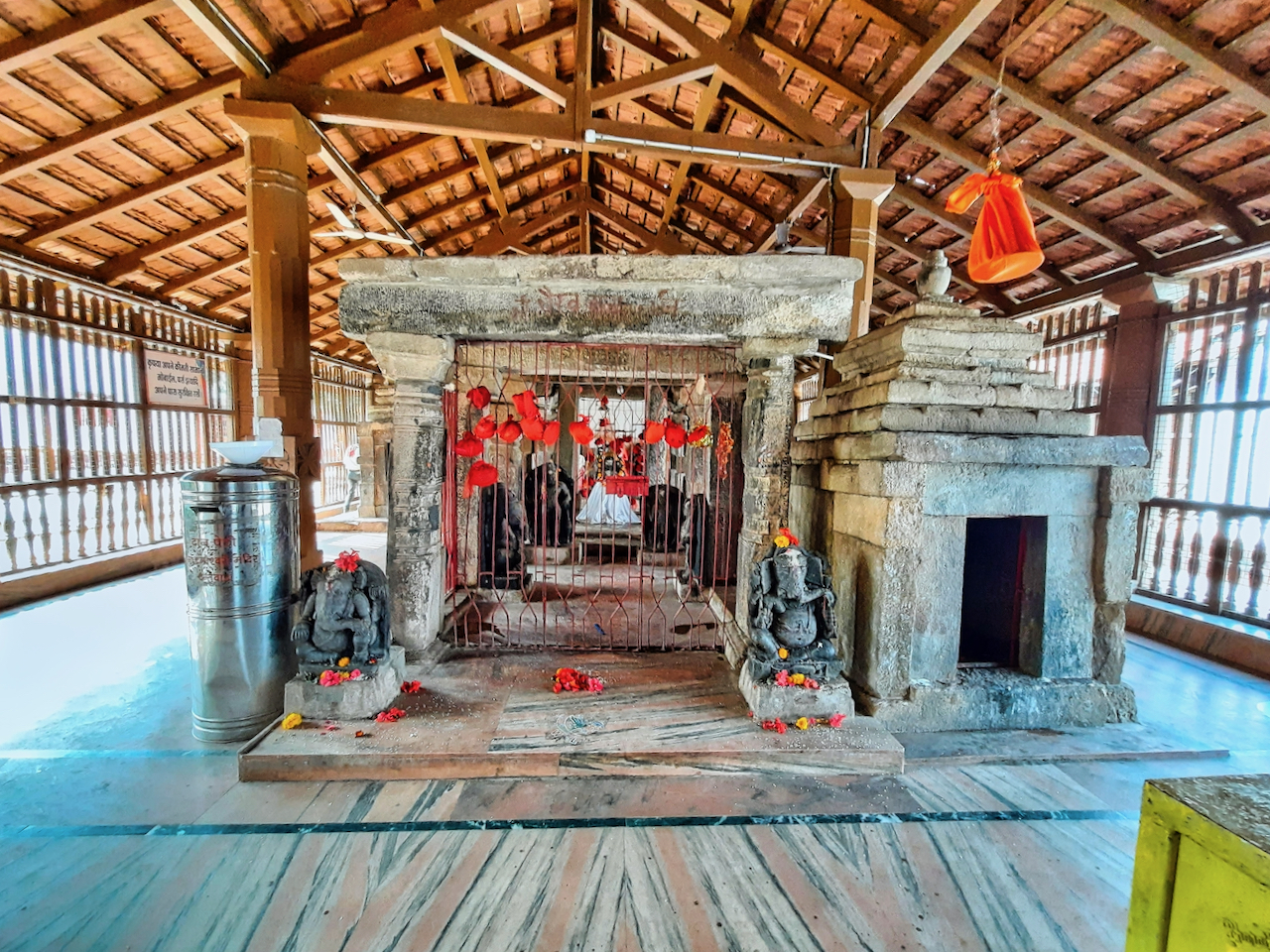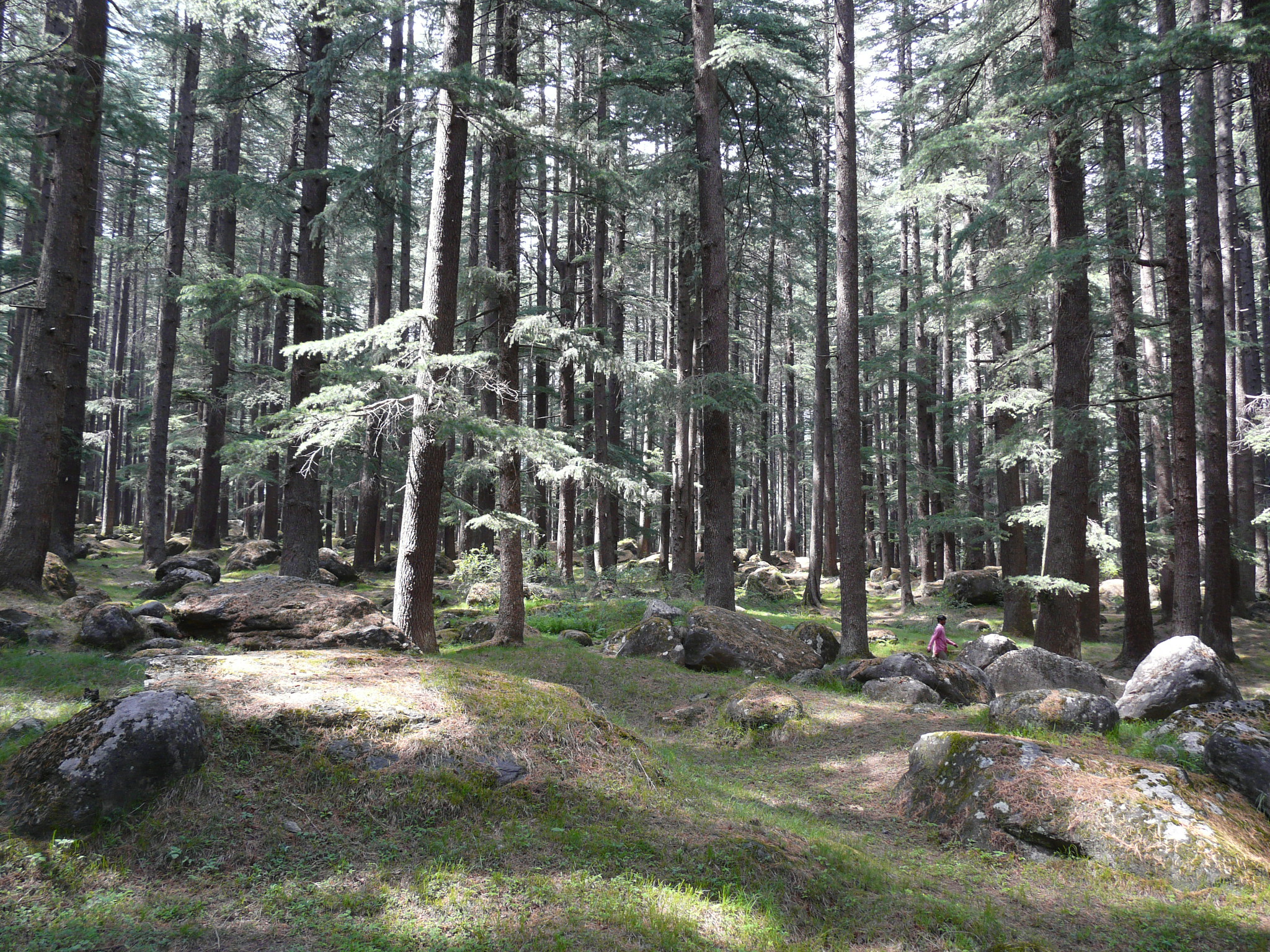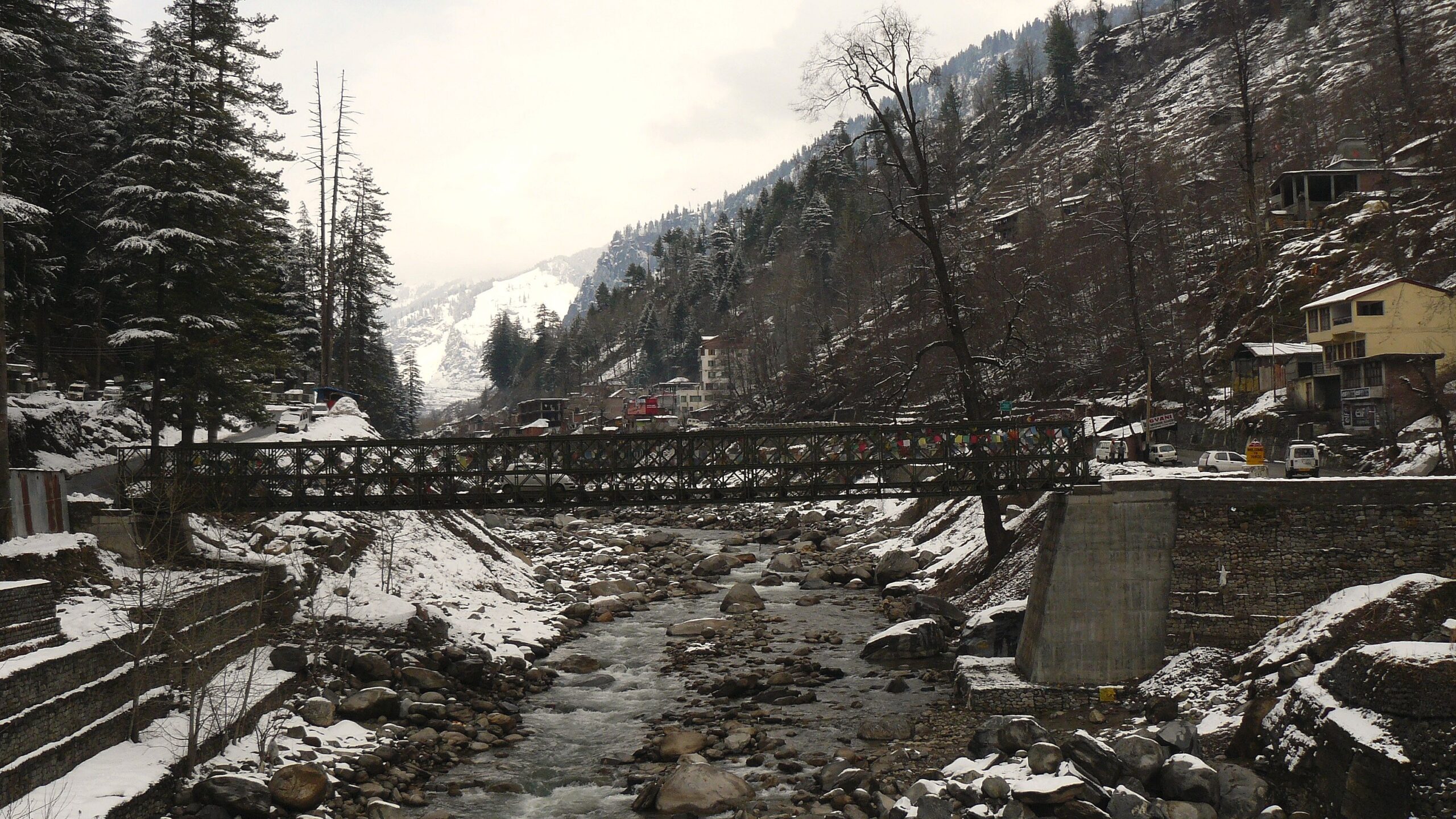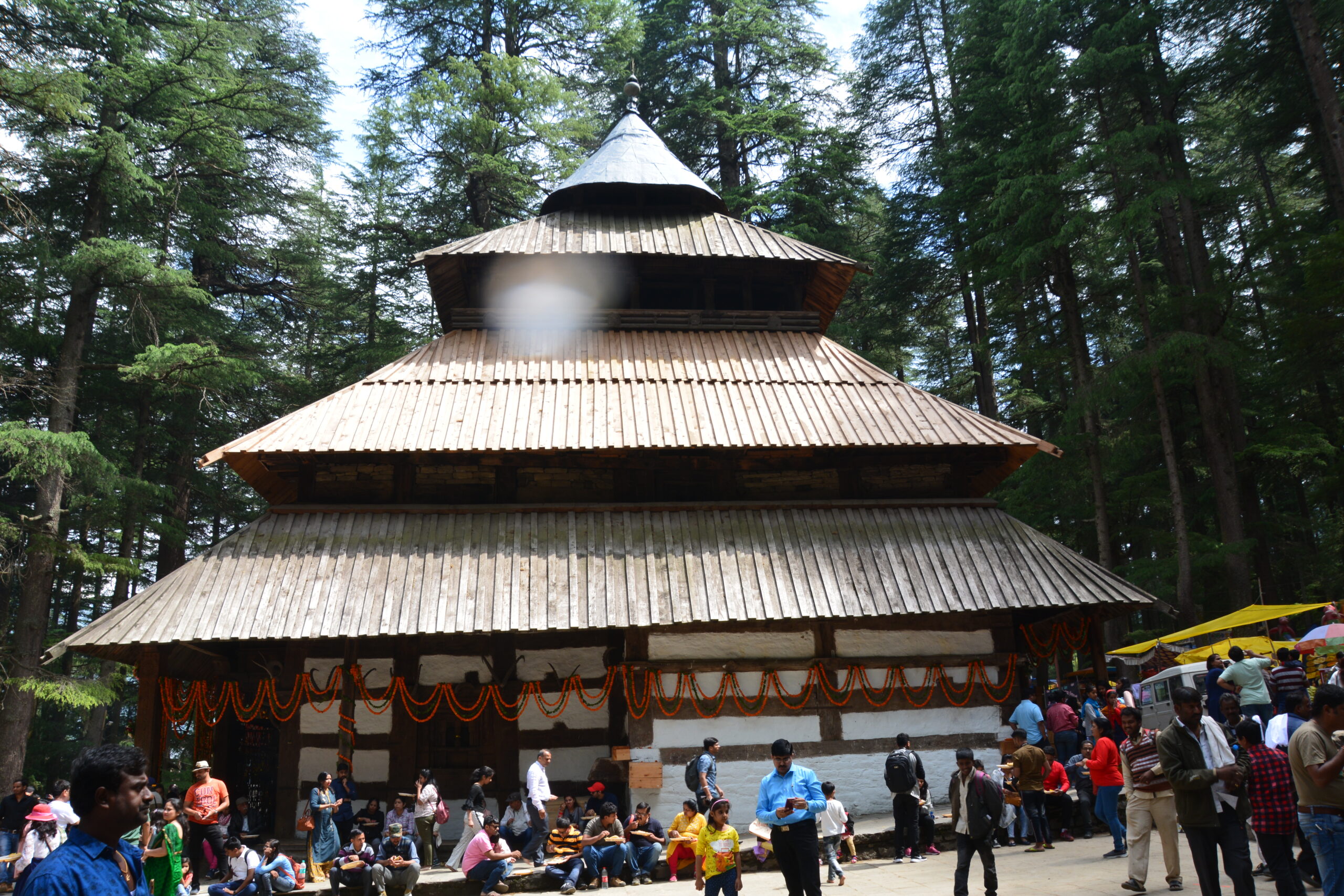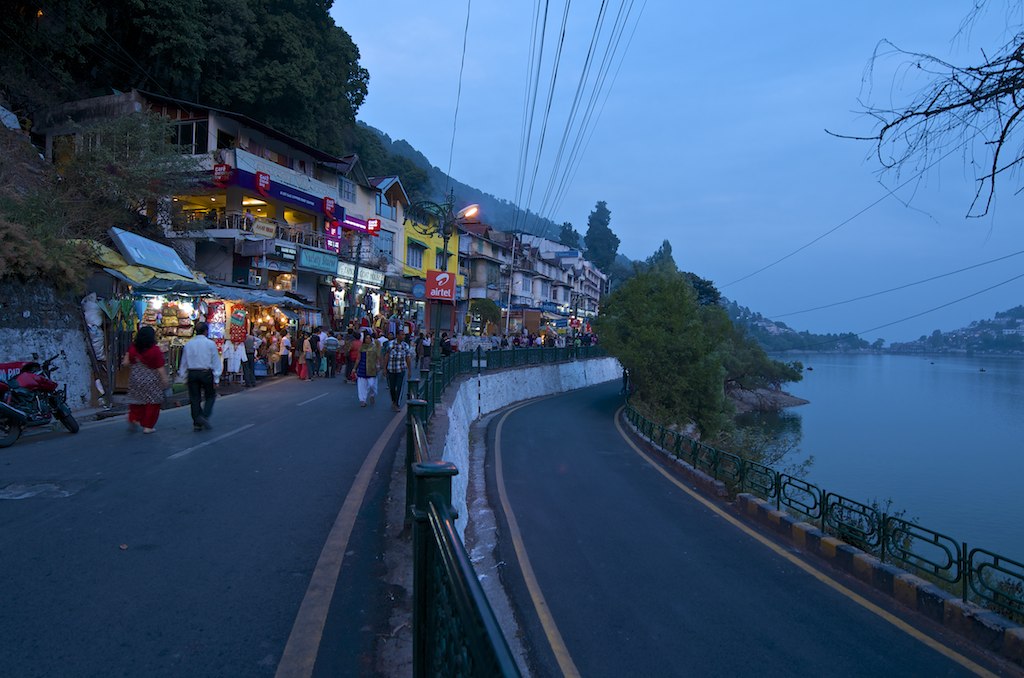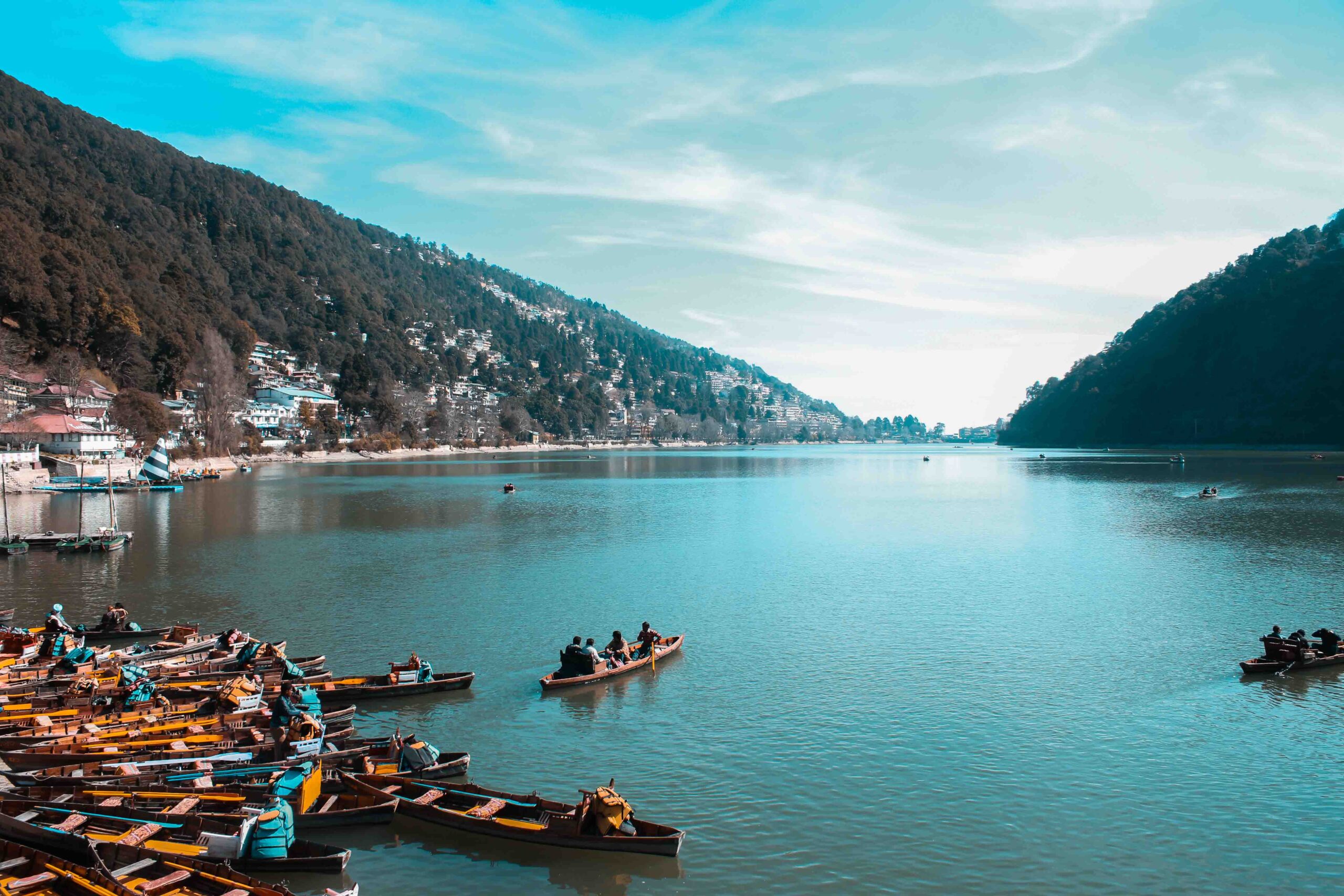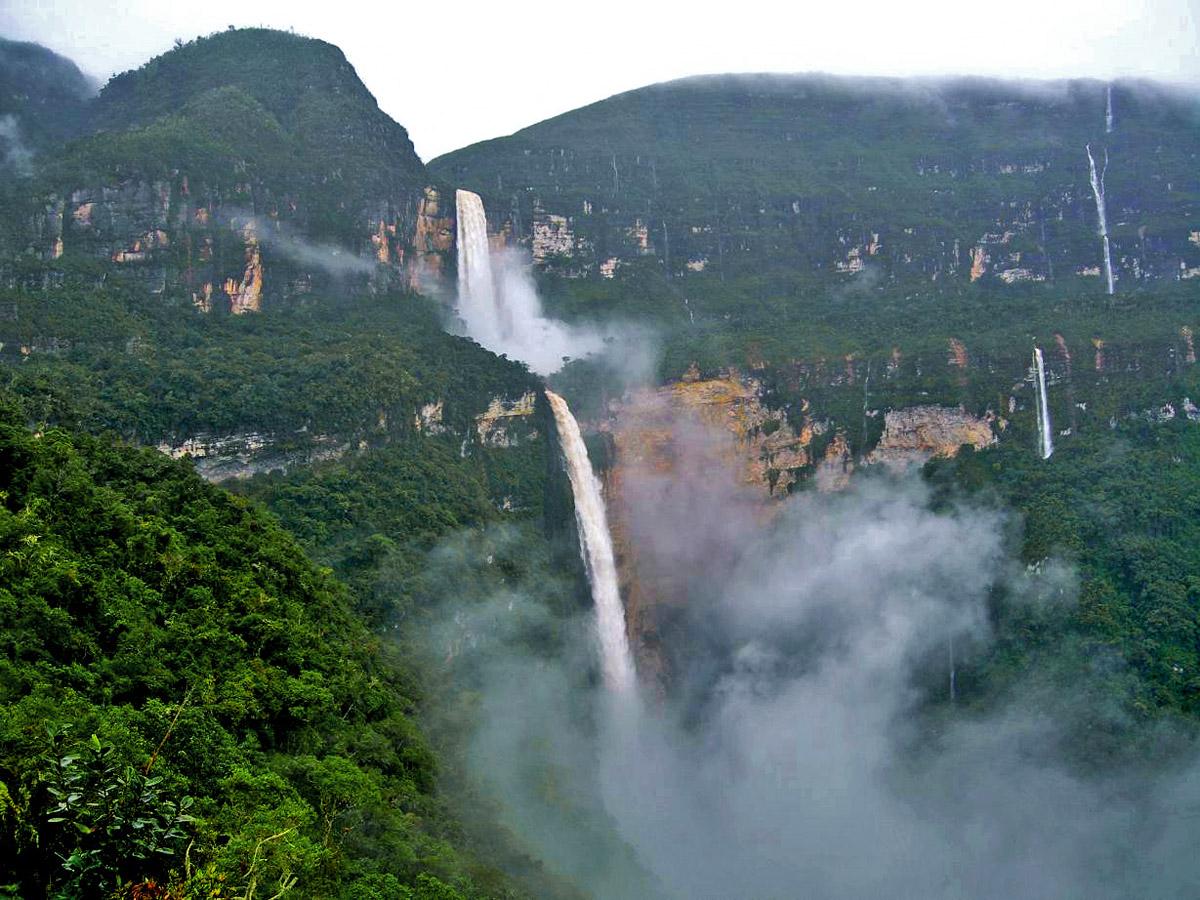
When it comes to natural wonders, waterfalls hold a special place in the hearts of many travelers. Their sheer power, breathtaking beauty, and the awe they inspire are unmatched. This comprehensive guide introduces you to the highest waterfalls in the world, perfect for adventurers, nature lovers, and those who seek the thrill of discovering towering cascades. Each waterfall offers a unique set of experiences and picturesque landscapes that will leave you spellbound. Let’s embark on this incredible journey to explore the world’s tallest waterfalls!
10 Highest Waterfalls in World
1. Angel Falls, Venezuela
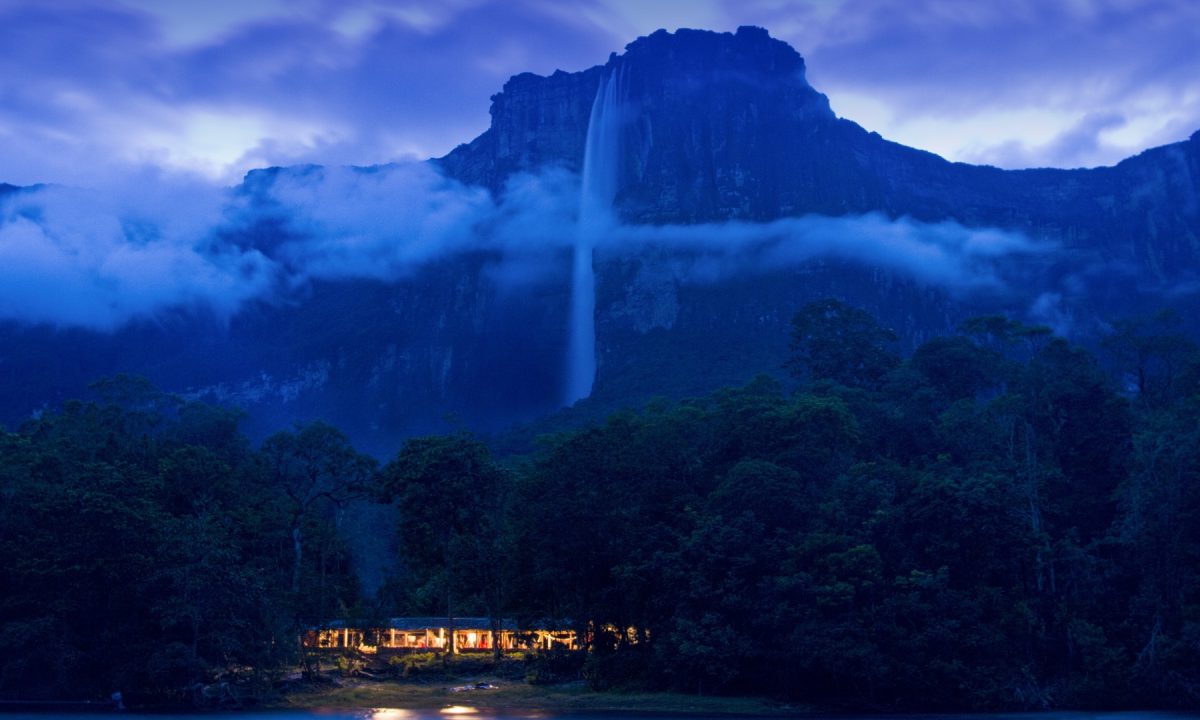
Angel Falls, locally known as “Salto Ángel,” stands tall as the highest uninterrupted waterfall in the world. Plunging from a staggering height of 979 meters (3,212 feet), it cascades from the Auyán-Tepuí mountain in the Canaima National Park, Venezuela. This magnificent waterfall is recognized as a UNESCO World Heritage site and is a symbol of Venezuela’s natural beauty.
- Height: 979 meters (3,212 feet)
- Location: Canaima National Park, Gran Sabana region
- Formation: Flows over the edge of the Auyán-Tepuí mountain, creating a series of cascades and rapids.
- Accessibility: Best viewed via boat trips on the Carrao River or helicopter tours due to its remote jungle location.
- Unique Features: Surrounded by tepuis (tabletop mountains), creating a dramatic landscape.
- Guided Jungle Tours: Trek through the dense rainforest with expert local guides who share insights about the flora, fauna, and geology.
- Boat Rides: Embark on a river journey through the Carrao and Churún rivers to get closer to the base of the falls.
- Helicopter Rides: Enjoy an aerial view of the majestic waterfall and the surrounding Canaima National Park.
- Photography: Capture stunning photographs from multiple vantage points along the river and from various lookout spots.
- Cultural Encounters: Visit indigenous Pemon communities to learn about their culture and traditions.
- Getting There: Fly from Caracas or Ciudad Bolívar to Canaima. The waterfall is accessible only by air or river, making planning essential.
- Best Time to Visit: June to December when water flow is at its peak due to the rainy season.
- Accommodation: Stay in lodges or campsites within Canaima National Park.
- Permits and Fees: Entry permits may be required, and guided tours are highly recommended to navigate the remote areas safely.
2. Tugela Falls, South Africa
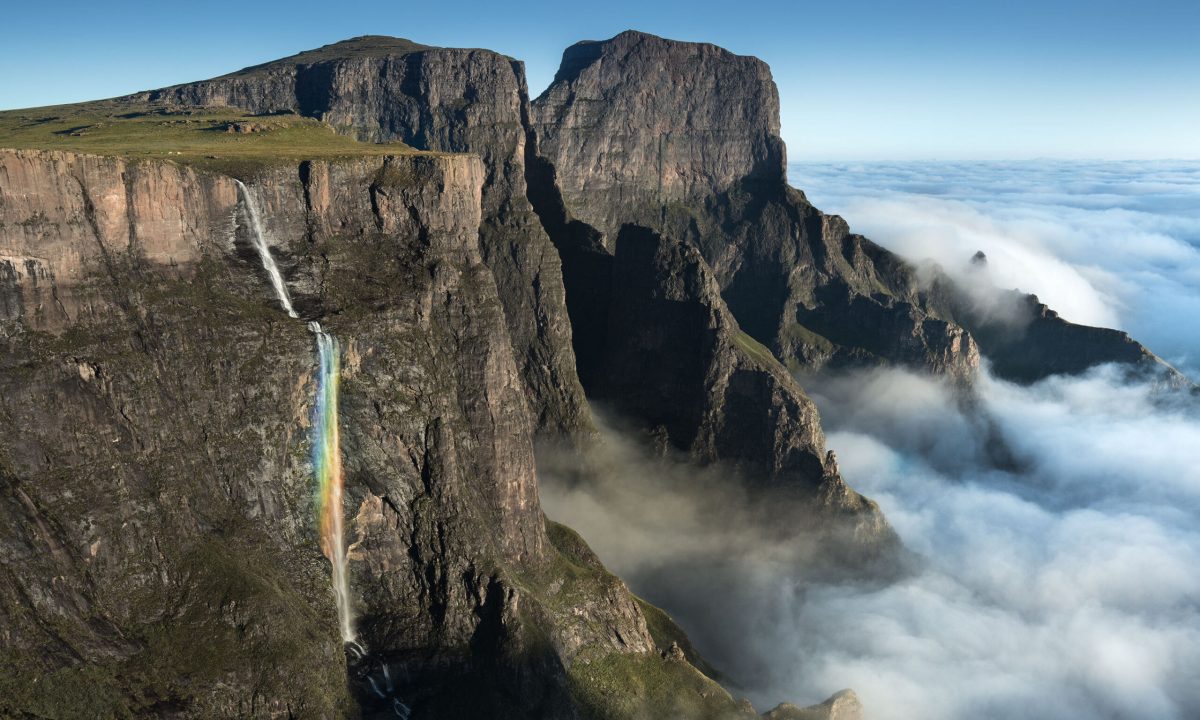
Tugela Falls, located in the Royal Natal National Park, is the second-highest waterfall in the world, with a towering height of 948 meters (3,110 feet). Nestled within the Drakensberg Mountains, this tiered waterfall offers a stunning spectacle, especially during the rainy season.
- Height: 948 meters (3,110 feet)
- Location: Royal Natal National Park, KwaZulu-Natal province
- Structure: Comprises five separate free-leaping falls.
- Accessibility: Reachable via several hiking trails, including the Tugela Gorge Walk and the Amphitheatre Hike.
- Best Viewing Points: The summit can be accessed via the Drakensberg escarpment for a bird’s eye view.
- Hiking: Choose from various trails such as the Tugela Gorge Walk (moderate) or the Amphitheatre Hike (challenging) for breathtaking views of the falls.
- Wildlife Spotting: Discover diverse wildlife, including baboons, elands, and numerous bird species within the park.
- Rock Climbing: Adventure seekers can climb the surrounding peaks for unparalleled panoramic views.
- Horseback Riding: Explore the scenic landscapes on horseback with guided rides through the mountains.
- Photography: Capture the magnificent falls against the backdrop of lush vegetation and rugged cliffs.
- Getting There: Fly into Johannesburg or Durban, rent a car, and drive to the Royal Natal National Park.
- Best Time to Visit: November to February, the wet season, when the falls are most spectacular.
- Accommodation: Stay in lodges, chalets, or campsites within the park.
- Permits and Fees: Entry fees to the park apply, and permits are required for certain activities like climbing.
3. Cataratas las Tres Hermanas, Peru
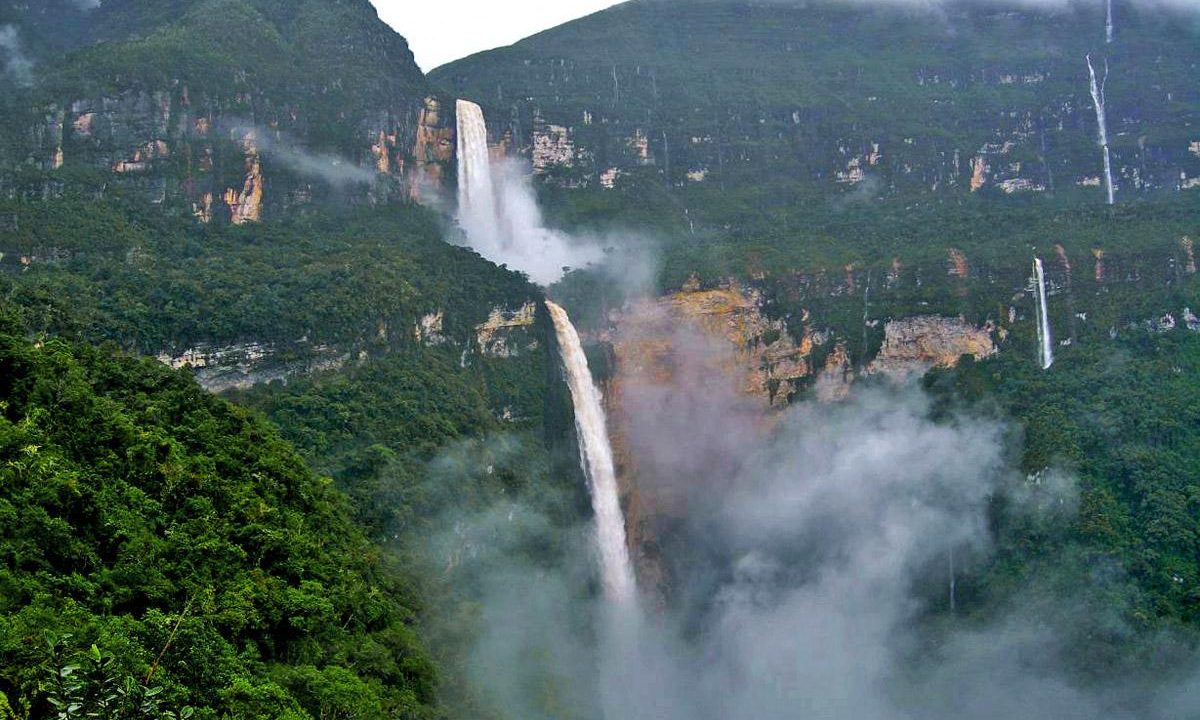
Deep in Peru’s Amazon rainforest lies Las Tres Hermanas (The Three Sisters Falls), the third-highest waterfall in the world. This waterfall towers at 914 meters (2,999 feet) and offers a mystical experience in one of the world’s most biodiverse regions. This is one of the best places to Visit in Peru.
- Height: 914 meters (2,999 feet)
- Location: Ayacucho region, in the Otishi National Park
- Formation: Comprises three distinct tiers that cascade down into the Cutivireni River.
- Accessibility: Remote location accessible via trekking through dense forests.
- Surroundings: Enveloped by thick rainforest, adding to the allure and adventure.
- Amazon Rainforest Exploration: Trek through the verdant jungle guided by local experts who share knowledge of the unique ecosystem.
- Bird Watching: Spot a variety of exotic bird species, such as colorful parrots and toucans.
- Cultural Tours: Visit nearby indigenous communities and learn about their way of life and ancient traditions.
- Photography: Capture the enchanting tiers of the waterfall and the surrounding lush greenery.
- Nature Walks: Hike through the forest trails and discover diverse plant species, unique insects, and other wildlife.
- Getting There: Fly into Lima, then take a domestic flight to Huancayo. From there, travel via road to the Otishi National Park area.
- Best Time to Visit: June to November, during the dry season for easier access and better visibility.
- Accommodation: Basic lodges and camps are available within the vicinity of the park.
- Permits and Fees: Entry permits for the national park may be required, and guided tours are recommended for safety.
4. Olo'upena Falls, Hawaii, USA

Located on the remote island of Molokai, Hawaii, Olo’upena Falls is the fourth-highest waterfall in the world, descending an impressive 900 meters (2,953 feet). This cascading beauty is nestled against the island’s steep sea cliffs, creating a dramatic and picturesque sight. This natural beauty makes Hawaii as one of the Best Honeymoon Destinations in the World.
- Height: 900 meters (2,953 feet)
- Location: Molokai, Hawaii
- Formation: Cascades down a narrow gully on the northeastern coast of Molokai.
- Accessibility: Best viewed via air or sea; access by land is virtually impossible.
- Environment: Surrounded by lush tropical vegetation and towering cliffs.
- Helicopter Tours: Opt for a helicopter tour to experience the waterfall and its surroundings from a breathtaking aerial perspective.
- Boat Tours: Take a scenic boat tour along the Molokai coastline for a closer view of the falls.
- Island Exploration: Discover Molokai’s pristine beaches, lush trails, and unique cultural sites.
- Snorkeling and Diving: Explore the rich marine life in the waters surrounding Molokai.
- Photography: Capture the splendor of one of Hawaii’s tallest and most elusive waterfalls.
- Getting There: Fly into Honolulu, then take a connecting flight to Molokai.
- Best Time to Visit: May to October when the weather is more stable and tours are frequent.
- Accommodation: Various lodging options are available on Molokai, ranging from hotels to vacation rentals.
- Permits and Fees: Helicopter and boat tours can be booked in advance and may include necessary permits.
5. Yumbilla Falls, Peru
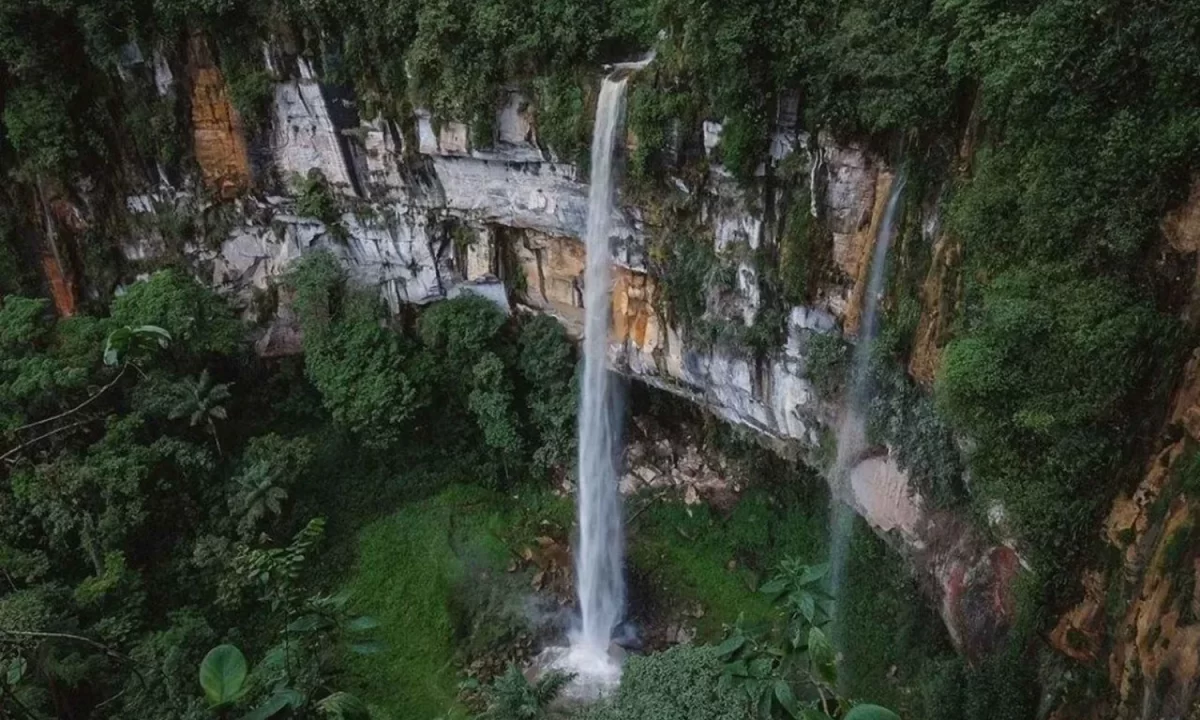
Yumbilla Falls is the fifth-highest waterfall in the world, located in Peru’s Amazonas region. At a height of 896 meters (2,938 feet), it cascades through the lush cloud forests, offering an ethereal and captivating experience. This is loacted in Amazona Rainforest that listed in best places of Peru.
- Height: 896 meters (2,938 feet)
- Location: Proximity to the town of Pedro Ruiz in the department of Amazonas.
- Structure: Multiple tiers create a stunning backdrop amidst the green foliage.
- Accessibility: Accessible by trekking through well-marked trails starting from the village of Cuispes.
- Habitat: Part of the broader ecosystem within the Amazon cloud forests.
- Trekking: Hike through the picturesque trails starting from Cuispes to reach the waterfall. Along the way, enjoy the lush environment and stunning vistas.
- Eco-Tours: Participate in guided eco-tours to learn about the local flora and fauna and efforts to protect this unique ecosystem.
- Bird Watching: The cloud forest is home to various bird species. Bring your binoculars for a chance to see rare birds like the Andean Cock-of-the-Rock.
- Local Cuisine: Treat your taste buds to traditional Peruvian dishes in nearby villages, including local specialties like ceviche and lomo saltado.
- Photography: The multiple tiers of Yumbilla Falls offer excellent opportunities for dazzling photographs.
- Getting There: Fly into Jaén or Chachapoyas from Lima, and then take transport to the village of Cuispes.
- Best Time to Visit: April to September, during the dry season for more accessible trekking conditions.
- Accommodation: Lodges and hostels are available in nearby towns like Cocachimba.
- Permits and Fees: Entry to some trails might require permits, which can be arranged through local tour operators.
6. Vinnufossen, Norway
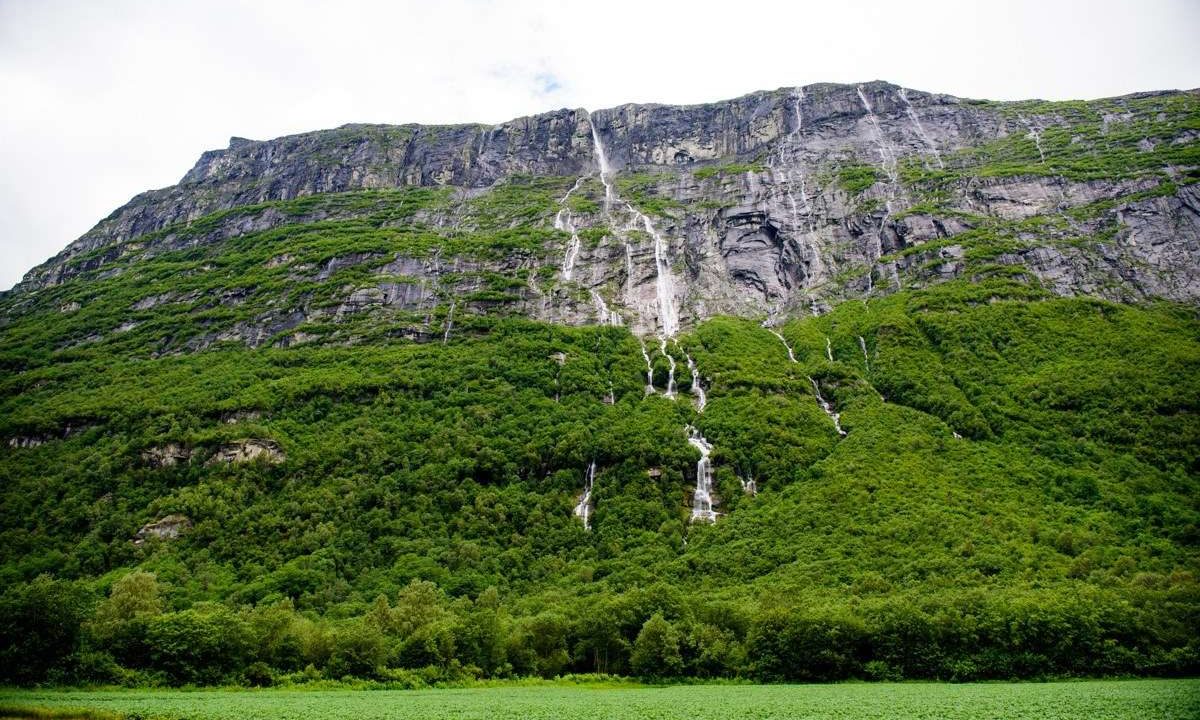
Nestled in the picturesque village of Sunndal, Vinnufossen is the sixth-highest waterfall in the world, dropping an impressive 865 meters (2,838 feet). This striking waterfall is fed by the Vinnufonna Glacier, making it a captivating sight amongst Norway‘s rugged landscapes. With such beautiful nautral beauty, this is ranked in most beautiful countries.
- Height: 865 meters (2,838 feet)
- Location: Sunndal Municipality, Møre og Romsdal county
- Formation: Formed by the melting waters of the Vinnufonna Glacier, the waterfall consists of multiple cascading streams converging into the Vinnu River.
- Accessibility: Easily accessible by road, the waterfall can be viewed from various points along the E6 highway.
- Surroundings: The surrounding area features lush greenery, craggy mountains, and glacial landscapes.
- Hiking and Trekking: Explore numerous trails in the Sunndal valley, offering diverse landscapes and beautiful viewpoints of the waterfall.
- Guided Tours: Join guided treks to learn more about the local geology, history, and the Vinnufonna Glacier.
- Fishing: The nearby rivers and lakes are perfect for fishing enthusiasts eager to catch local species like trout and salmon.
- Photography: Capture the stunning multi-stream waterfall against the backdrop of verdant mountains and clear blue skies.
- Rock Climbing: The rugged cliff faces around the waterfall provide excellent climbing opportunities for adventure seekers.
- Getting There: Fly into Trondheim or Molde, then drive to Sunndal via the E6 highway. The waterfall is clearly signposted from the main road.
- Best Time to Visit: Late spring to early autumn (May to September) when the snowmelt feeds the waterfall, enhancing its beauty.
- Accommodation: Stay in local hotels, guesthouses, or camping sites in the Sunndal region.
- Permits and Fees: No special permits are required to visit Vinnufossen, and the area is accessible year-round.
7. Balaifossen, Norway

Balaifossen, another gem in Norway’s landscape, is the seventh-highest waterfall in the world, boasting a drop of 850 meters (2,789 feet). This stunning waterfall flows down the Balaifjellet mountain into the Osa Fjord, offering incredible panoramic views.
- Height: 850 meters (2,789 feet)
- Location: Ulvik Municipality, Vestland county
- Formation: The falls are fed by several mountain streams and snowmelt from the surrounding peaks.
- Accessibility: Visible from various points within the Osa Fjord; some closer views can be accessed via hiking trails.
- Surroundings: The area around Balaifossen features beautiful fjord landscapes, dense forests, and steep mountainsides.
- Fjord Cruises: Take a scenic boat ride through the Osa Fjord to enjoy spectacular views of Balaifossen and the surrounding mountains.
- Hiking: Numerous trails offer routes to various vantage points, ranging from easy walks to challenging treks.
- Wildlife Watching: Spot local wildlife such as eagles, deer, and other indigenous species.
- Camping: Set up camp in designated areas to immerse yourself fully in the natural beauty of Norway’s fjord and waterfall landscapes.
- Photography: The juxtaposition of the towering waterfall and serene fjord offers countless photography opportunities.
- Getting There: Fly into Bergen, then drive to Ulvik and follow local signs to the Osa Fjord area.
- Best Time to Visit: Visit between May and September for optimal weather and enhanced waterfall flow from snowmelt.
- Accommodation: Stay in nearby towns, including Ulvik, where you can find hotels, guesthouses, and campgrounds.
- Permits and Fees: No specific permits are required to view Balaifossen, and the area is accessible year-round.
8. Pu'uka'oku Falls, Hawaii, USA
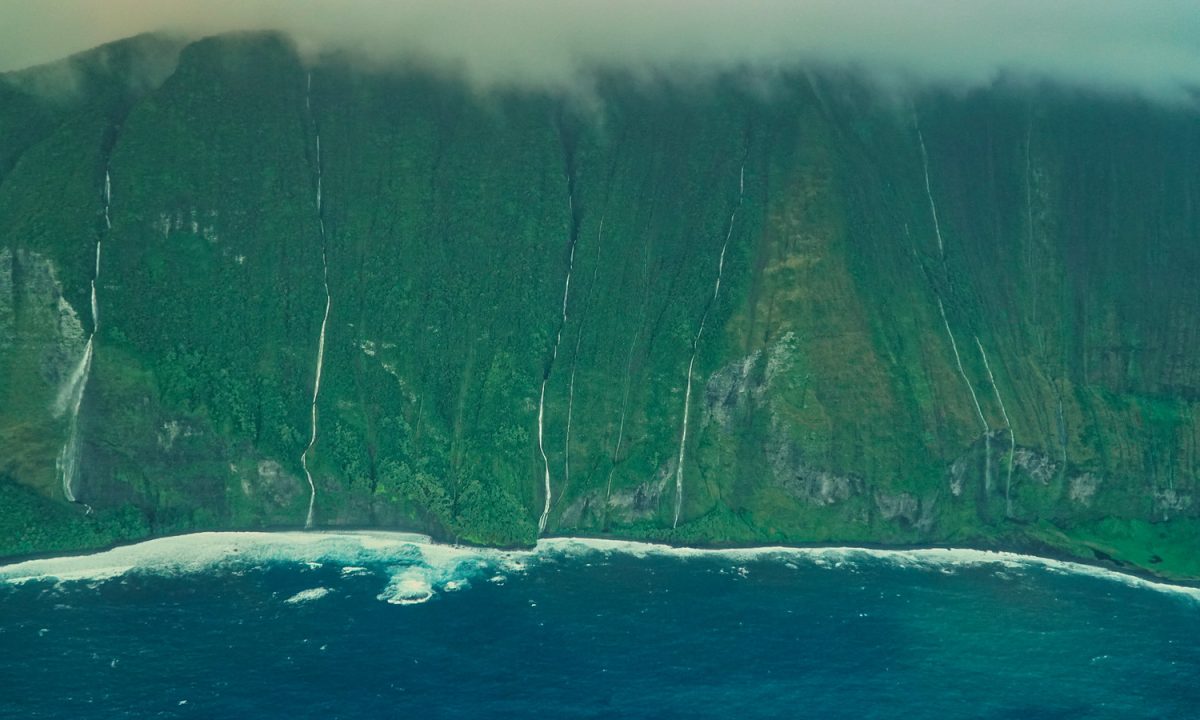
Pu’uka’oku Falls, located on Molokai Island, is the eighth-highest waterfall in the world, with a height of 840 meters (2,756 feet). This waterfall cascades down the rugged northern cliffs of Molokai, providing awe-inspiring views.
- Height: 840 meters (2,756 feet)
- Location: Molokai Island, Hawaii
- Formation: The falls are fed by rainfall and streamflow from the island’s mountainous regions.
- Accessibility: Best seen by air or boat, similar to Olo’upena Falls, as land access is extremely difficult.
- Surroundings: Set against some of the world’s tallest sea cliffs, enveloped by lush tropical vegetation.
- Helicopter Tours: Marvel at the grandeur of Pu’uka’oku Falls and the surrounding cliffs from above with a helicopter tour.
- Boat Tours: Sail along the Molokai coast to enjoy close-up views of the waterfall and the dramatic sea cliffs.
- Island Hiking: Explore local trails that offer diverse flora, fauna, and breathtaking viewpoints.
- Snorkeling and Diving: Enjoy the rich marine life in the pristine waters around Molokai.
- Local Culture: Engage with the rich cultural heritage of Molokai, and visit local markets and historical sites.
- Getting There: Fly into Honolulu, then take a connecting flight to Molokai.
- Best Time to Visit: May to October when the weather is more suitable for aerial and sea tours.
- Accommodation: Stay in local hotels, vacation rentals, or small bed and breakfasts on Molokai.
- Permits and Fees: Tours may require advance booking and can include necessary permits for viewing.
9. Browne Falls, New Zealand

Browne Falls in Fiordland National Park is the ninth-highest waterfall in the world, with a height of 836 meters (2,742 feet). It’s an impressive natural spectacle that cascades into Doubtful Sound, one of New Zealand’s most picturesque fjords.
- Height: 836 meters (2,742 feet)
- Location: Fiordland National Park, South Island
- Formation: Originates from Lake Browne, which overflows during heavy rainfall, creating this magnificent waterfall.
- Accessibility: Best viewed from scenic flights or boat tours through Doubtful Sound.
- Surroundings: Enclosed by dense rainforest and dramatic fjord landscapes.
- Boat Cruises: Discover the beauty of Doubtful Sound and Browne Falls on a scenic cruise.
- Kayaking: Paddle through the tranquil waters of the fjord for an intimate view of the waterfall and the surrounding wilderness.
- Nature Walks: Hike through the Fiordland’s trails and experience the diverse flora and fauna.
- Wildlife Spotting: Encounter unique wildlife, such as dolphins, seals, and potentially rare bird species.
- Photography: Capture stunning shots of Browne Falls and the fjord from different perspectives, whether on the water or from above.
- Getting There: Fly into Queenstown or Invercargill, then drive to Manapouri where boat transfers to Doubtful Sound depart.
- Best Time to Visit: November to April during the Southern Hemisphere’s summer for more comfortable weather.
- Accommodation: Fiordland National Park offers various lodging options, including eco-lodges, hostels, and camping facilities.
- Permits and Fees: Exploring Fiordland often requires tour bookings, which include necessary permits for navigating the national park.
10. Strupenfossen, Norway

Strupenfossen, located in Northeastern Norway, proudly ranks as the tenth-highest waterfall in the world. With a height of 820 meters (2,690 feet), this waterfall offers a stunning display of Norway’s pristine natural beauty.
- Height: 820 meters (2,690 feet)
- Location: Hyen, Gloppen Municipality, Vestland county
- Formation: Formed by the melting snow and glacial runoff, flowing into the Hyefjorden.
- Accessibility: Requires a challenging trek to view up close, with easier sightings from a distance in nearby valleys.
- Surroundings: Surrounded by dramatic cliffs, green valleys, and dense forest areas.
- Hiking and Trekking: Embark on challenging hikes that offer rewarding views of the waterfall and the surrounding landscape.
- Guided Tours: Join guided excursions that provide deeper insights into the area’s geology and ecosystem.
- Fishing: Enjoy quiet fishing in the nearby fjords and mountain rivers.
- Camping: Pitch a tent in designated camping spots to fully experience Norway’s untouched wilderness.
- Photography: Take in the majestic views and capture breathtaking photos of Strupenfossen against its verdant backdrop.
- Getting There: Fly into Bergen, then drive to Gloppen Municipality. Access is primarily via trekking routes.
- Best Time to Visit: June to September when the trails are more accessible and the snowmelt enhances the waterfall’s flow.
- Accommodation: Local lodges, cabins, and campsites are available in Hyen and surrounding areas.
- Permits and Fees: No special permits are needed for visiting Strupenfossen, though guided tours may have fees.
Embark on an unforgettable adventure to witness these highest waterfalls in the world. Each destination promises a blend of breathtaking views, unique activities, and cultural experiences that will leave you in awe. Whether you’re a seasoned traveler or a nature enthusiast, these towering cascades are must-visit spots that will create lasting memories. Plan your journey today and immerse yourself in the beauty and grandeur of the world’s tallest waterfalls!
